Dear friends,
This will be my last blog from Madagascar, and I’ve got some great shots for you …
It’s not as though I haven’t been showing you a lot of lemurs in my blogs, although the several different species we saw are just a fraction of the some 60 species and sub-species of lemurs in the country. However our last two days were spent in and around Andasibe National Park in the east of the country where we were lucky enough to be really close to the Indri Indri, the largest of the lemurs, as well as bamboo, brown, black and white ruffed lemurs and beautiful golden Diademed Sifakas as well.
Our last morning we spent several hours in the rainforest, peering up into the canopy and listening for the cry of the Indri Indri and my camera was very busy. After lunch back at the lodge we visited Lemur Island where many lemurs rescued from captivity are now living and rearing new families. They are afraid of water so remain on their island which has a river running right around it. As they are used to people, they are very friendly, sometimes too friendly and readily come to perch on your shoulder, arm or head, even if you don’t have any food for them.
First off though, we spied a few smaller creatures and beautiful flora as we walked towards and into the rainforest.
A wild orchid illuminated by a beam of morning sunshine.
A huge beetle sunning itself on a leaf.
A beautiful pale and wonderfully camouflaged leaf tailed gecko.
A seriously interesting and rather large spider looking like a carved or stone head with enormous teeth that might
have been used in some by-gone rituals, but the head is quite small and has white around the eyes.
And of course, there was also a chameleon blending nicely with the branch it was resting on.
Unblinking and rather impressive in close up.
Certainly not camouflaged, a gorgeous pinky-orange hued butterfly landed on a flower right by the path, just for me I think.
And another beauty with elegant tailed wings and cream markings on its black wings.
And then we took narrow damp paths into the rainforest and were on the look out for the main event of the morning – the lemurs and the Indri Indri.
A couple of Diademed Sifaka were our first sightings.
And then there were plenty more in the family group, but moving fast and high up so difficult to get a shot.
Hanging casually to reach to most tasty leaves.
Looking around – where to go next?
Lovely to watch them swinging so easily from branch to branch and tree to tree.
Their long tapered toes looking so elegant.
Perched as though on a trapeze, ready to perform for us, or for himself.
Then there were these two, sitting high up above us in a comfortable crux of the tree, and grooming and nestling one another, clearly thoroughly enjoying their morning ritual. I whipped off a few photos so scroll through to get an idea of how they were looking after each other. It was wonderful to see.
“Come quickly”, the guide said to me, “but go carefully it’s slippery, he added. But there is an Indri Indri farther into the forest, you’ll get some good shots. He led me up a steep path, me clambering behind and sure enough on a tree just a couple of yards off the path was an Indri Indri.
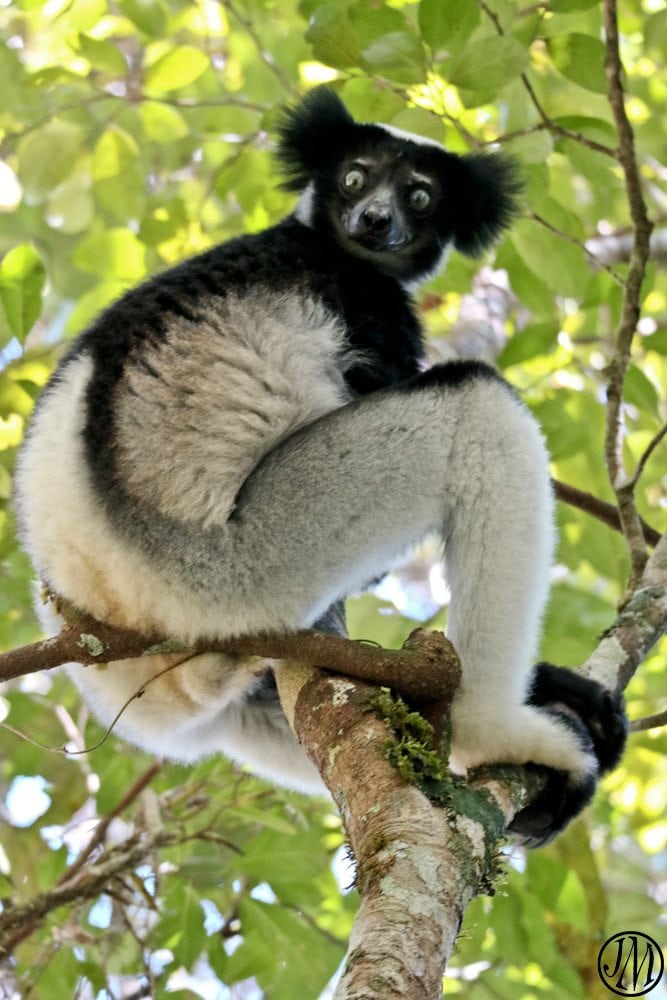 Looking as surprised to see me, as I was him!
Looking as surprised to see me, as I was him!
Along with the diademed sifaka (the previous set of photos) the indri is the largest lemur still in existence. It can reach nearly 120 cm (3.9 ft) with legs fully extended. It can weigh between 6 and 9.5 kg (13 and 21 lb). The indri is a vertical clinger and leaper and thus holds its body upright when traveling through trees or resting in branches. It has long, muscular legs which it uses to propel itself from trunk to trunk. Its large greenish eyes and black face are framed by round, fuzzy ears that some say give it the appearance of a teddy bear. Unlike any other living lemur, the indri has only a rudimentary tail. The silky fur is mostly black with white patches along the limbs, neck, crown, and lower back. 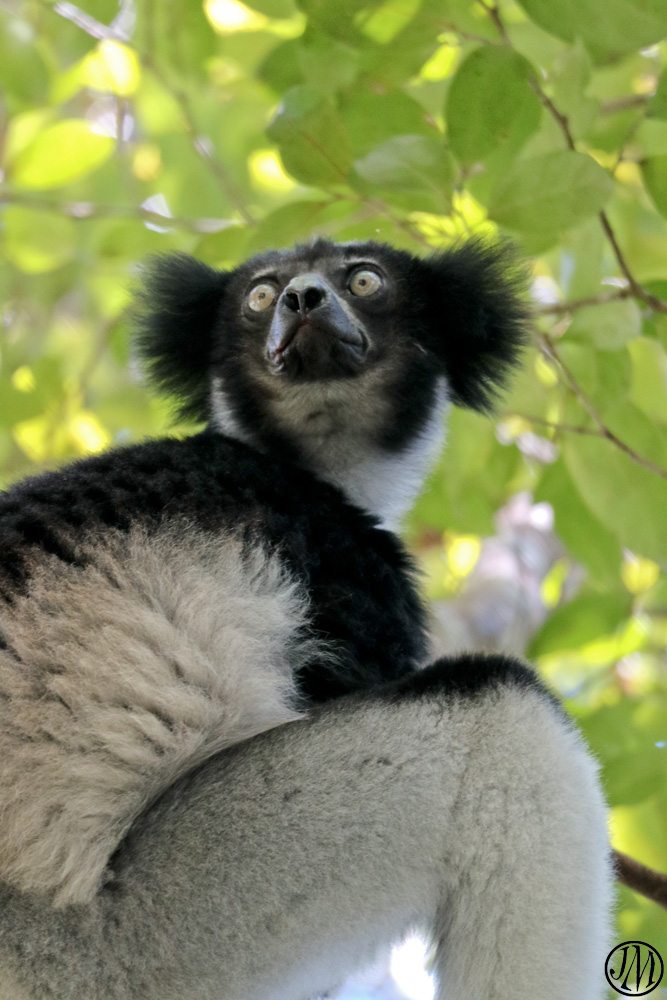
Just look at those beautiful green eyes.
The indri practices long-term monogamy, seeking a new partner only after the death of a mate. It lives in small groups consisting of the mated male and female and their maturing offspring. In the more fragmented forests of their range, the indri may live in larger groups with several generations. Like many other species of lemur, indri live in a female dominant society. The dominant female often will displace males to lower branches and poorer feeding grounds, and is typically the one to lead the group during travel.
Looking for the next meal, only the sweetest of leaves will do.
Across Madagascar, the indri is revered and protected by ‘fady’ (taboos). Countless variations are given on the legend of the indri’s origins, but they all treat it as a sacred animal, not to be hunted or harmed. Most legends establish a closer relationship between the indri and humans. In some regions, two brothers were believed to have lived together in the forest until one of them decided to leave and cultivate the land. That brother became the first human, and the brother who stayed in the forest became the first indri. The indri cries in mourning for his brother who went astray. So it is easy to see why the indri is so closely identified with humans: Its long legs, large upright body, lack of a prominent tail, vocalizations, and complex systems of communication are all reminiscent of human traits.
Another human-like characteristic of the indri is its behavior in the sun. Like its sifaka relatives, the indri frequently engages in what has been described as sun-bathing or sun-worshipping. As the sun rises each morning, it will sit and face it from a tree branch with its legs crossed, back straight, hands low with palms facing out or resting on its knees, and eyes half-closed. Biologists are hesitant to call this behavior sun worship, as the term may be overly anthropomorphic, however, many Malagasy people do believe that the indri worships the sun.
Another sequence to scroll through is this series showing the Indri, having found the sweetest leaves,
is stripping them of the twig one by one until there are none left ….
Whaaaat! Was that the last? Ok, off to find some more.
The indri is a critically endangered species. While population estimates are uncertain (1 000 – 10 000 individuals), the population appears to be rapidly shrinking and may diminish by 80% over the next 3-4 decades. The primary threats to its existence are habitat destruction and fragmentation due to slash and burn agriculture, fuel gathering and logging, as well as some hunting and poaching. Only one indri has lived over a year in captivity and none have bred successfully while captive.[14]
To be honest, I was totally captivated by the Indri Indri (can’t you tell!) and I could have stayed all day following this magnificent specimen and meeting some others of the group as well, but the guide wanted us to press on. More to see he said.
And not far off, there were a group of western Grey Bamboo Lemurs.
So much smaller and fluffier, but with those wonderful bright eyes that are a characteristic of all the lemurs.
A youngster tucking into a bamboo shoot, of course.
And keeping an eye out for others who were looking like they wanted to steal his treat.
So that was the bumper of a morning for seeing the lemurs and indri in the rain forest and following their antics and movements over several hours.
In the afternoon we had a different kind of experience when we visited Lemur Island where we got up close and personal. I found this children’s map on the internet referring to the whole of Madagascar being Lemur Island, and I thought it was useful to include here as it gives a little more information about the different species.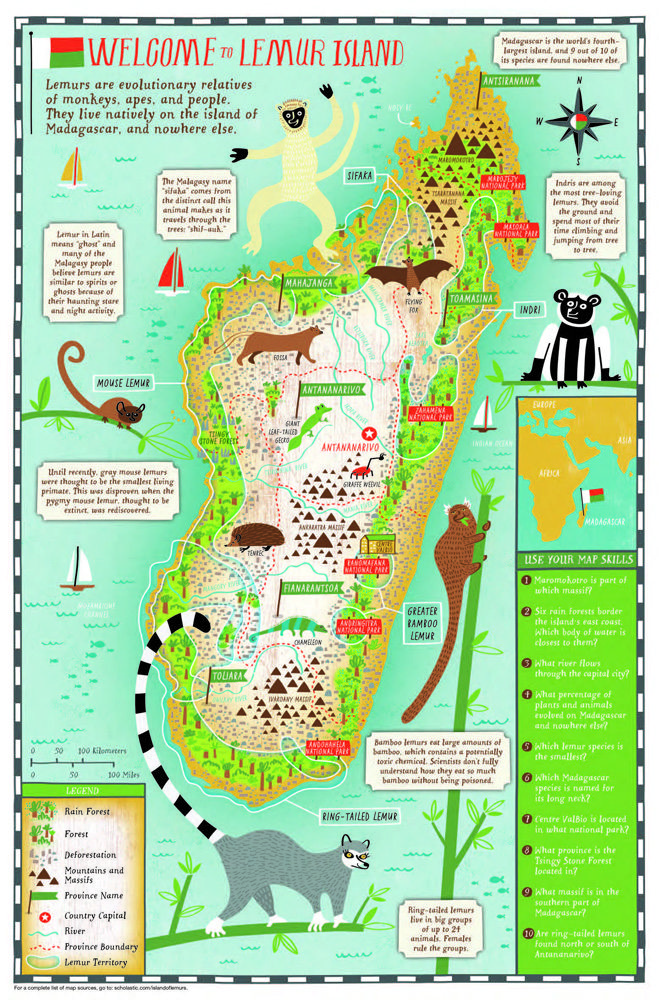
The narrow stretch of water to cross by canoe to reach our little Lemur Island, and only a few people at a time.
The welcome party.
Looking for handouts from the guide.
Checking us out.
Mother and baby snacking on greens.
The baby only about 4 months old and so cute …
Inquisitive about everything but a bit timid too.
More brown lemurs with darker colouring.
And eyes to die for.
Keeping an eye out for more tourists and guides with snacks.
Further into the first on the island we met a Black and White Ruffed Lemur with almost red eyes caught by the sun.
Busy consuming some tasty leaves.
But quite confident enough to alight on Aichah’s shoulder and eat from her hand.
And then back up into the trees.
Just before we left the island, I had the lovely experience of a visit from one or two little brown lemurs.
I thought their hands and feet would be a little scratchy, but they were very soft and gentle.
The following morning we were back on the road again to return to the capital ready for our flights home the next day. So I will finish this long blog with some more shots of the country side, the towns and people we passed along the way.
Bright blue skies, red earth and vegetation with farmhouses dotted throughout.
Washing out to dry outside this traditional cottage.
Harvested fields and palm trees.
A wonderful array of fruit for sale at a clutch of stall along the road.
Each one presenting the fruit with their own display style.
The whole family sitting outside their display …
… and hoping we would buy from them as well as taking photos.
If you didn’t feel like fruit and vegetables, then something from this butcher’s shop?
A rather impressive house on the hill with a child peeping around the door.
A wide landscape with a glowering sky and a couple of people waiting for a ride perhaps.
Getting closer to the city.
But still plenty of green fields. Loved the spot of red in the woman’s scarf against the green.
As we neared the city, we passed through several villages and these two old women caught my eye as they chatted together.
A quick swivel as we passed and caught their expressions as they discussed the news of the day, their families or some gossip.
My stories of Madagascar, the incredible and unique wildlife, the beautiful landscape, the less than perfect roads, the forests and mountains, the friendly people and our wonderful guides, have left a lasting impression on me. I only hope that my photos and stories have captured some of this and that you have enjoyed the armchair travel or maybe are right now planning your trip and imagining your own adventures in magical Madagascar.
Not sure what my next blog will be about, or when it will be, but rest assured, there will be more to talk about, and hopefully soon.
Until then, thank you for your comments and shares.
Very best wishes,
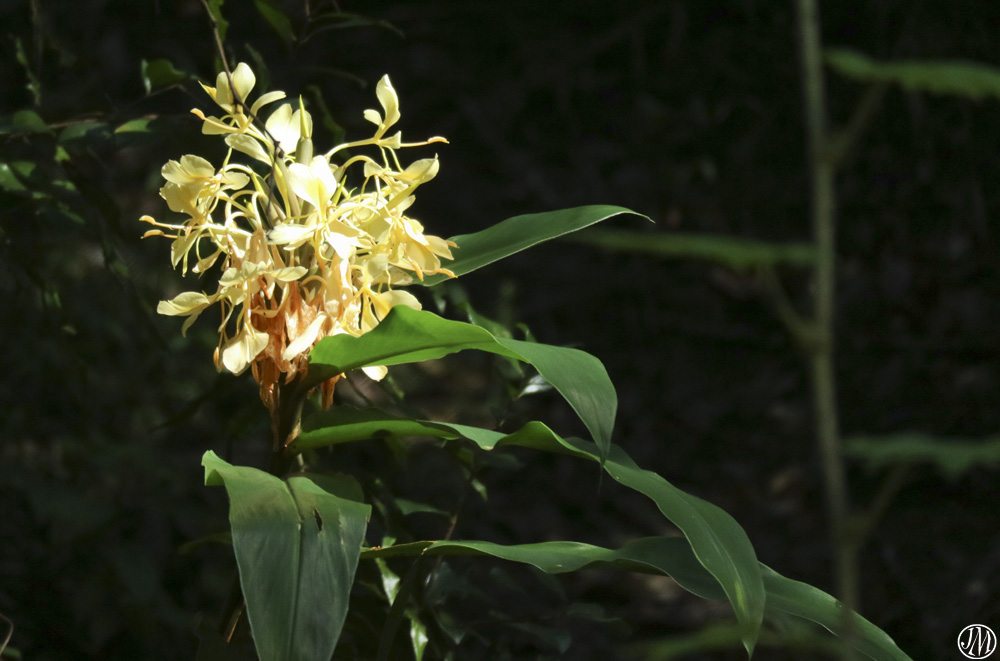
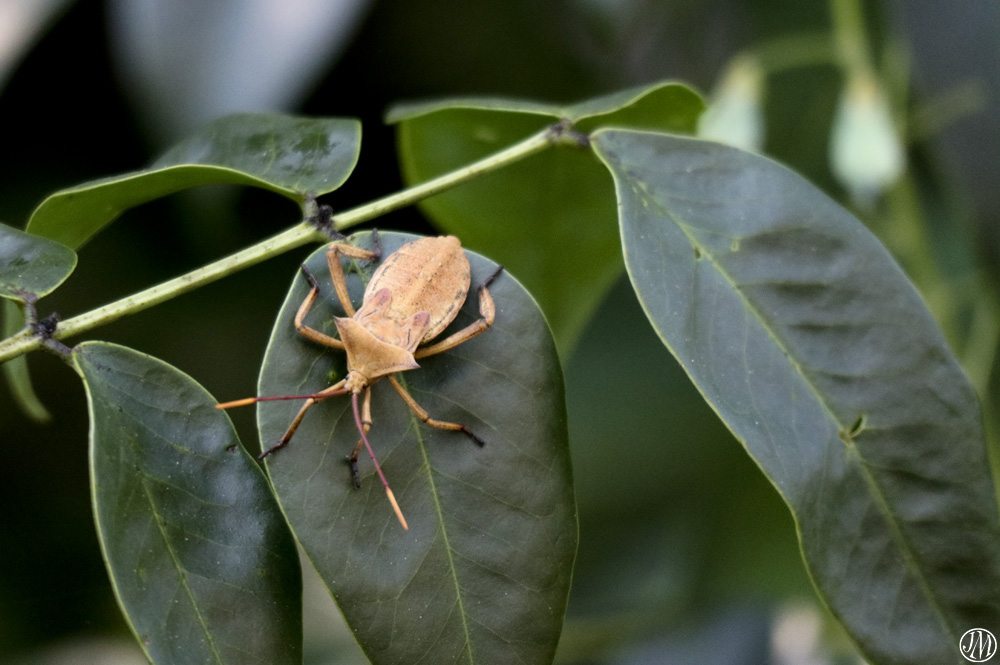
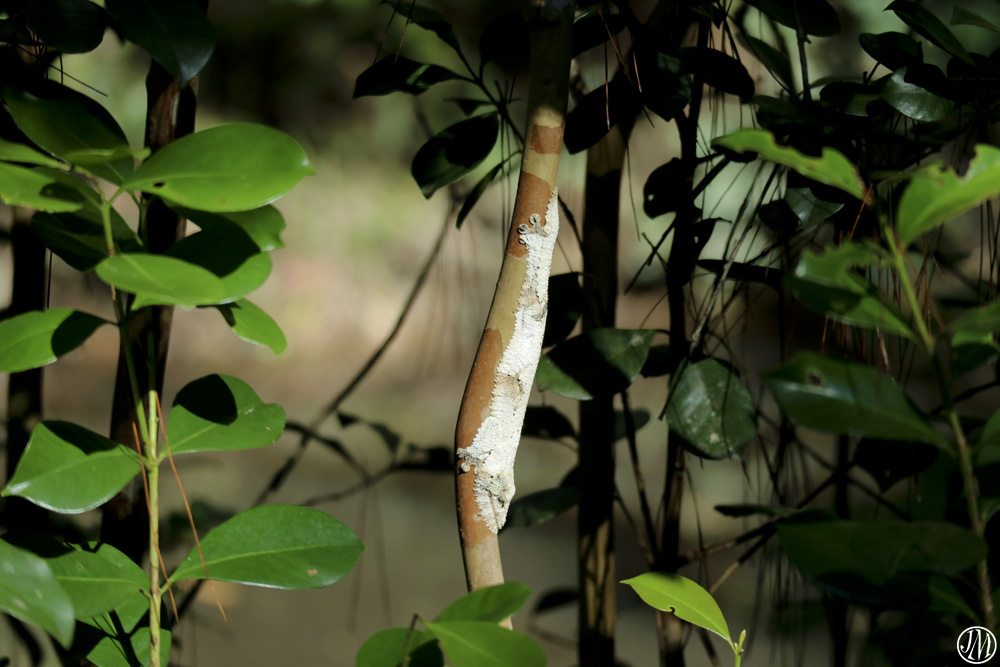
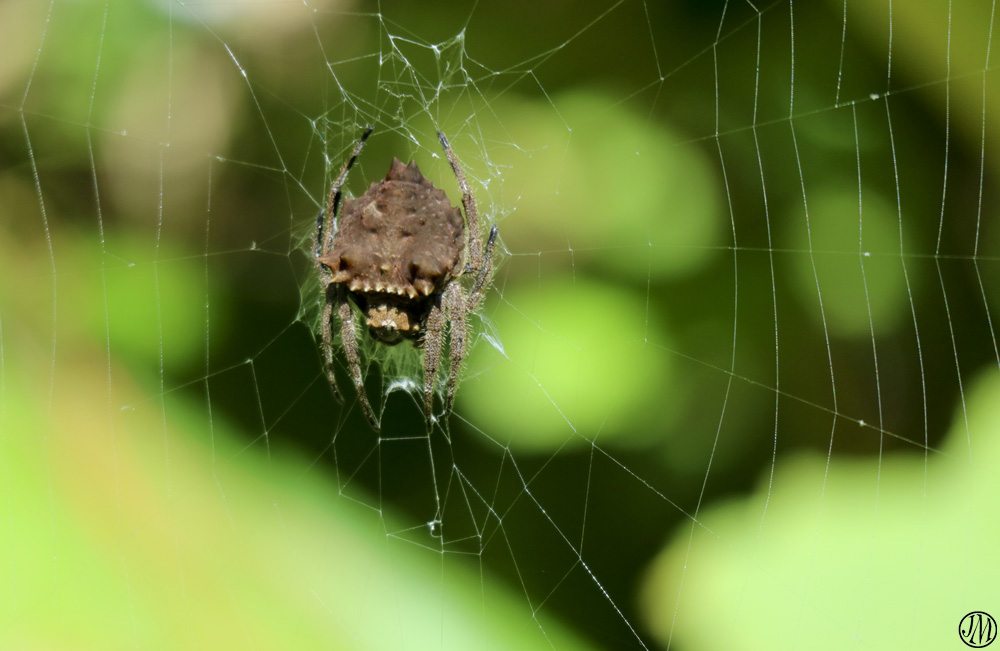
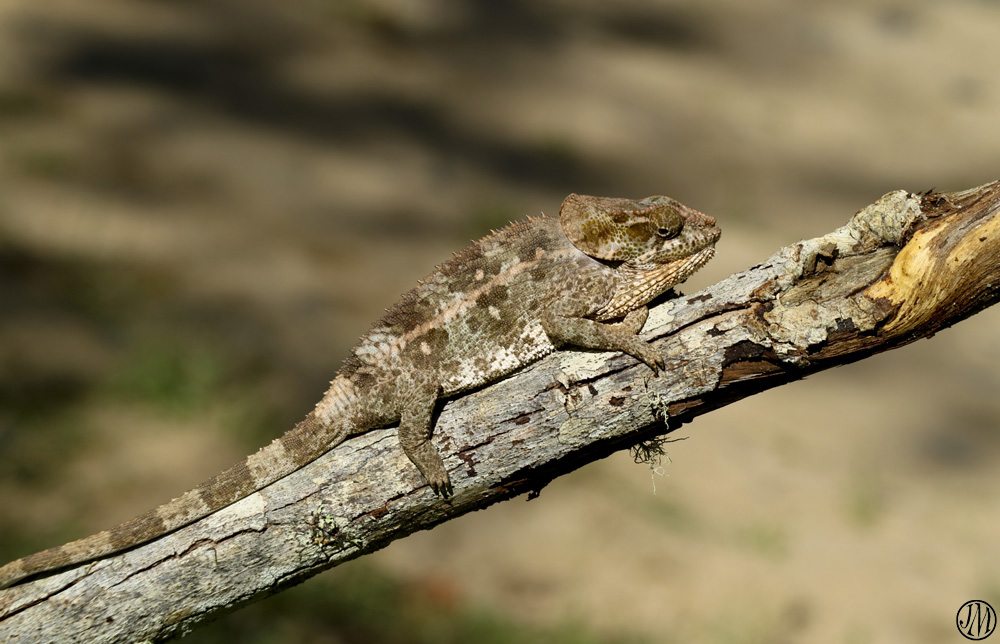
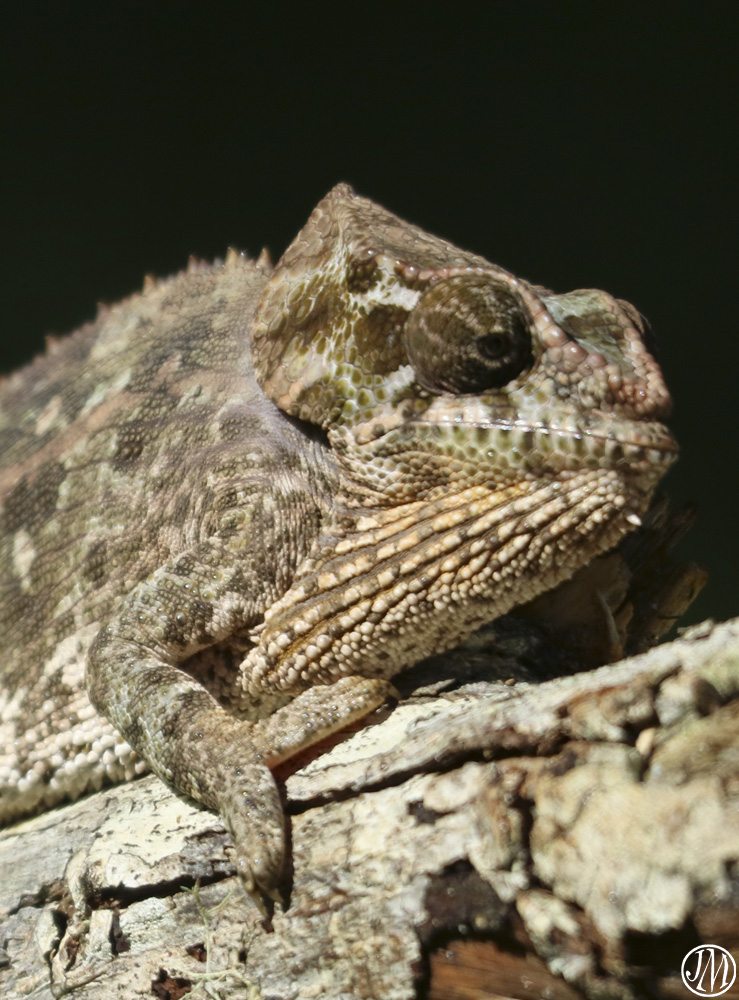
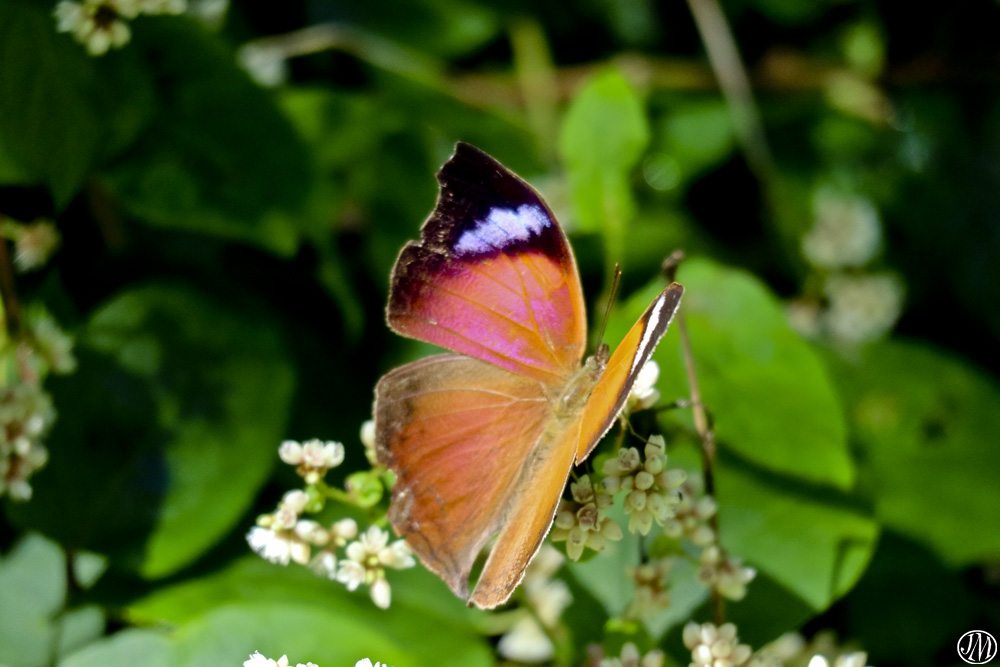
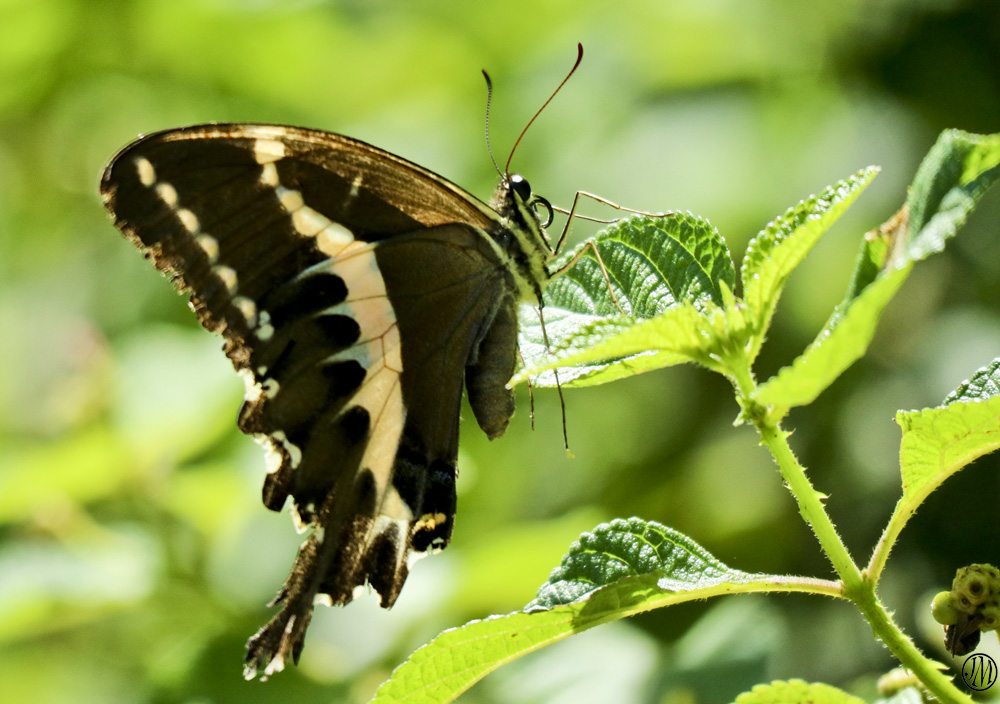
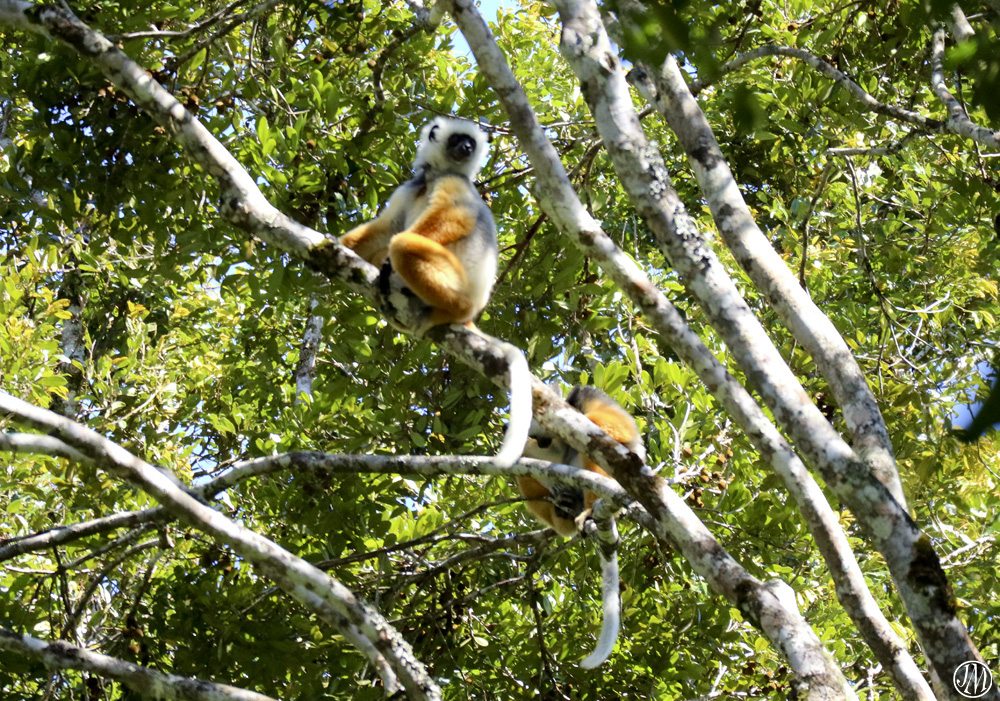
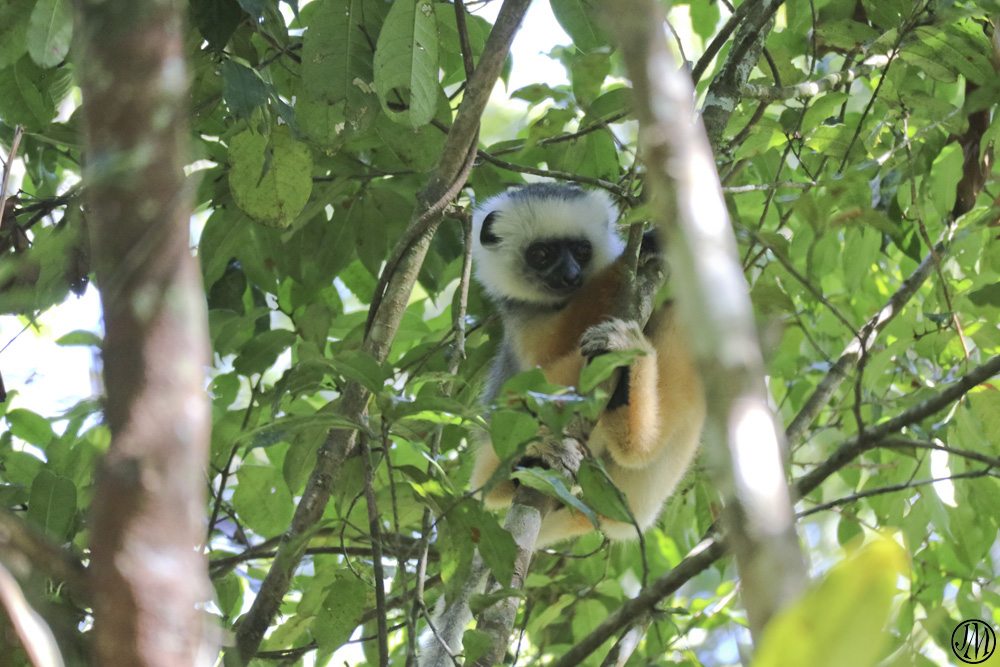
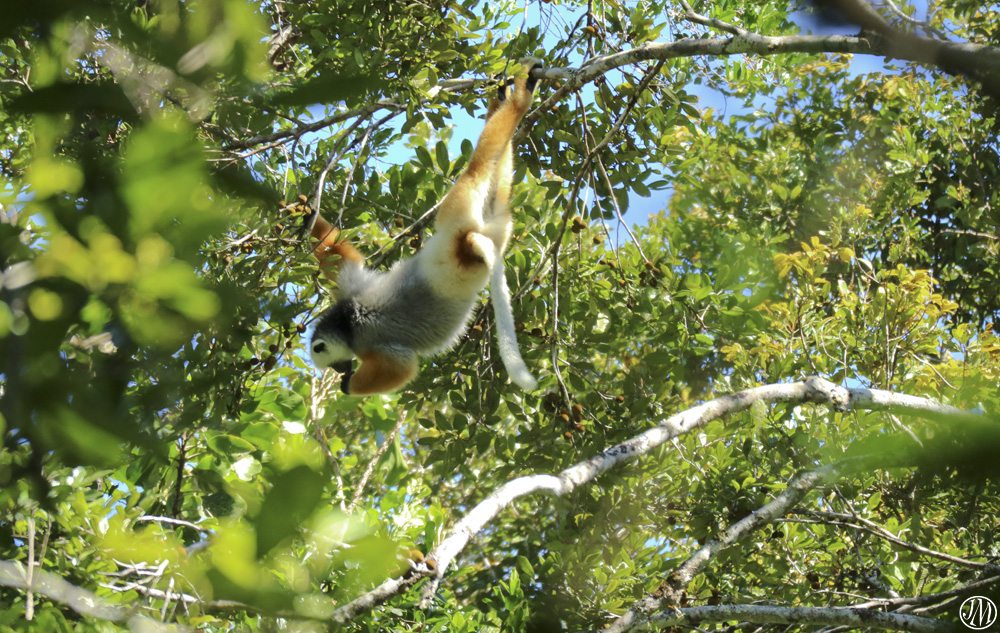
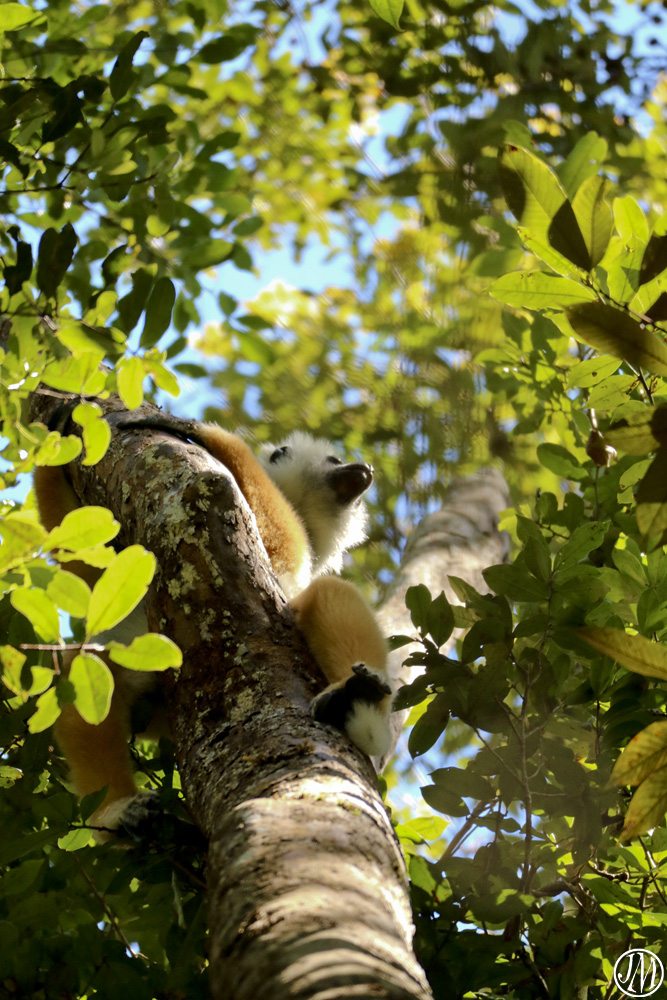
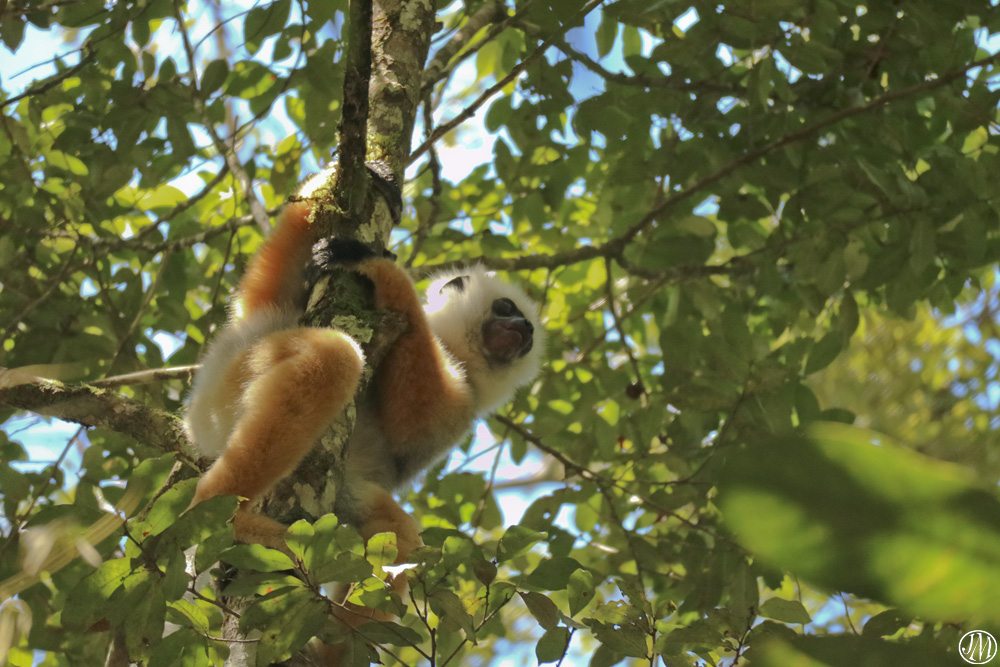
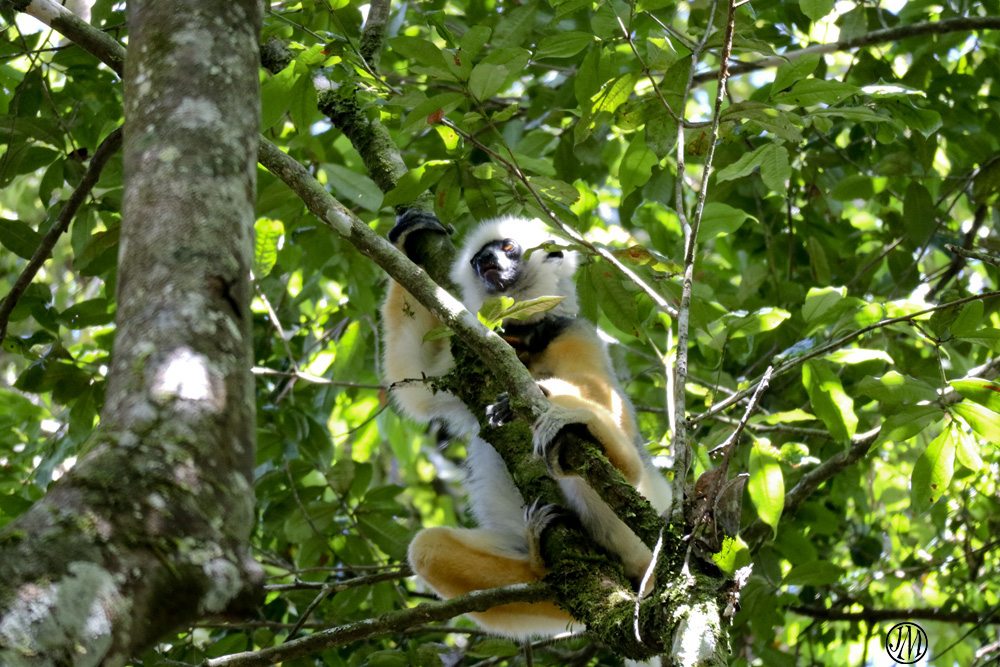
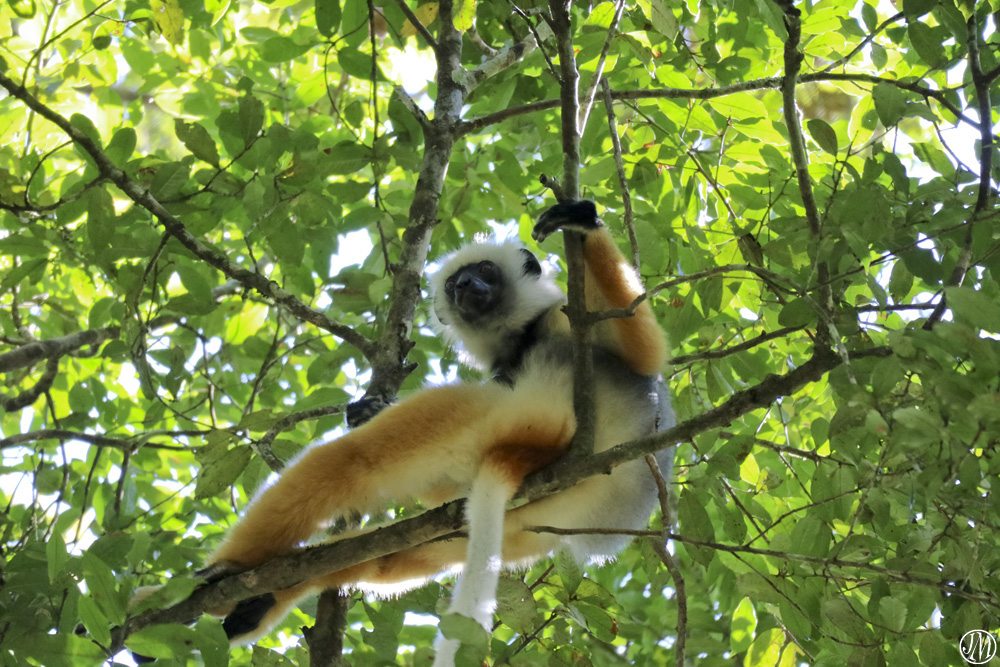
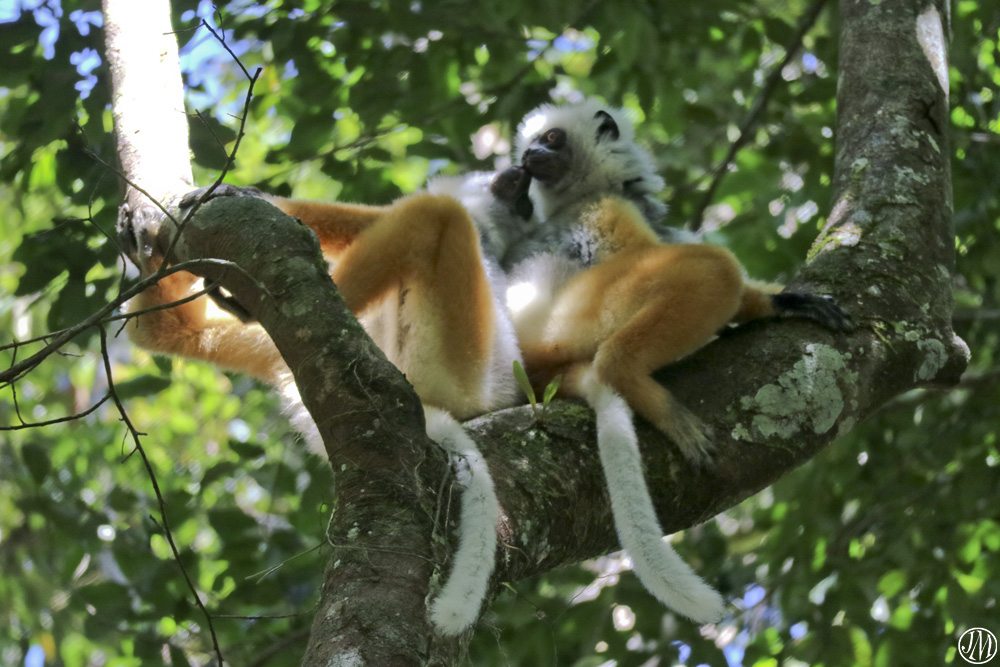
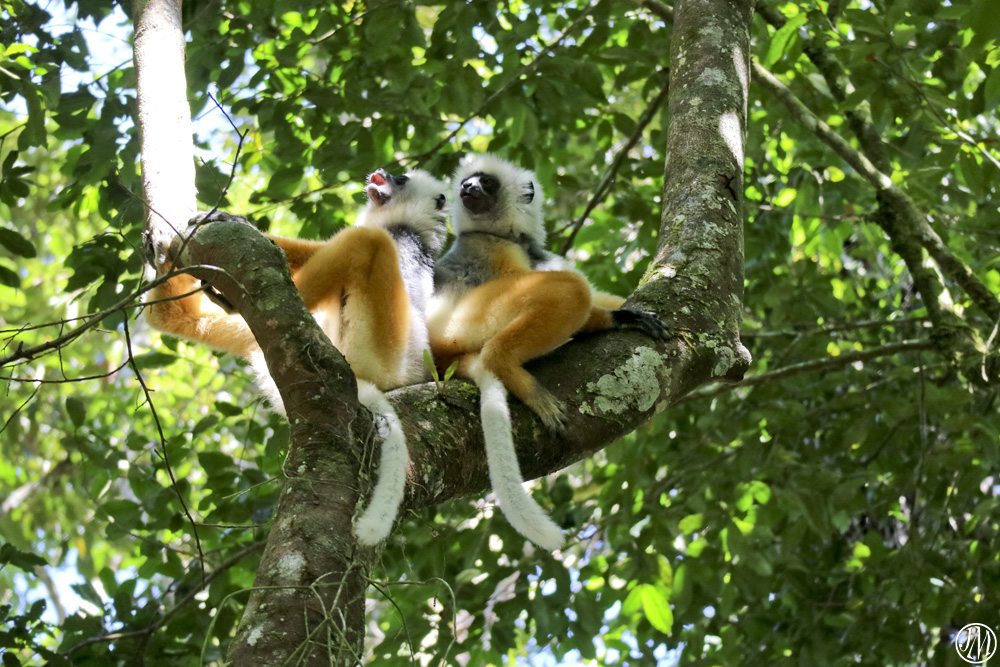
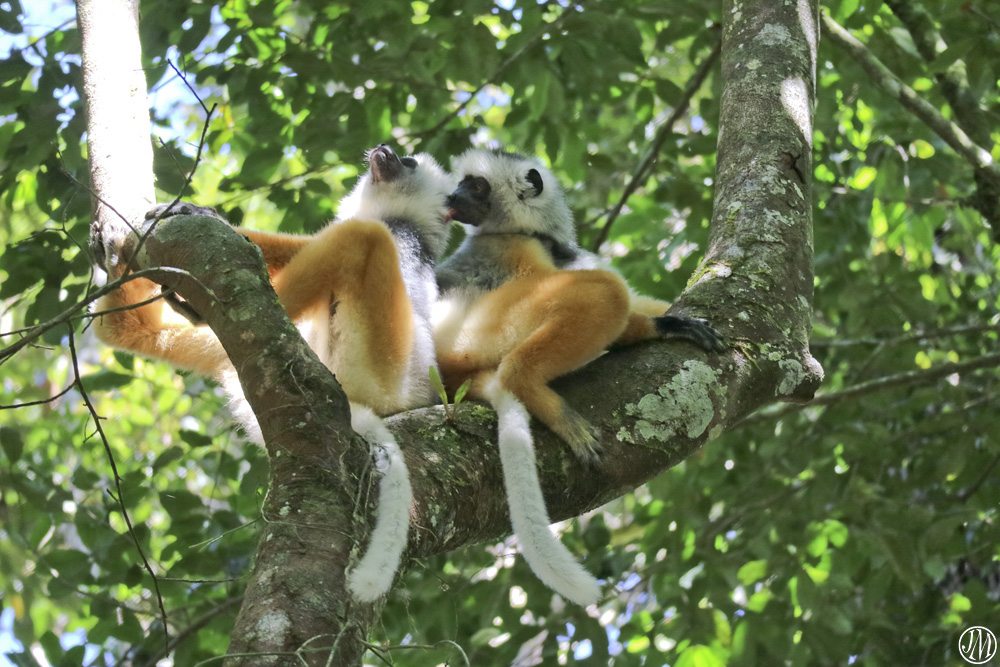
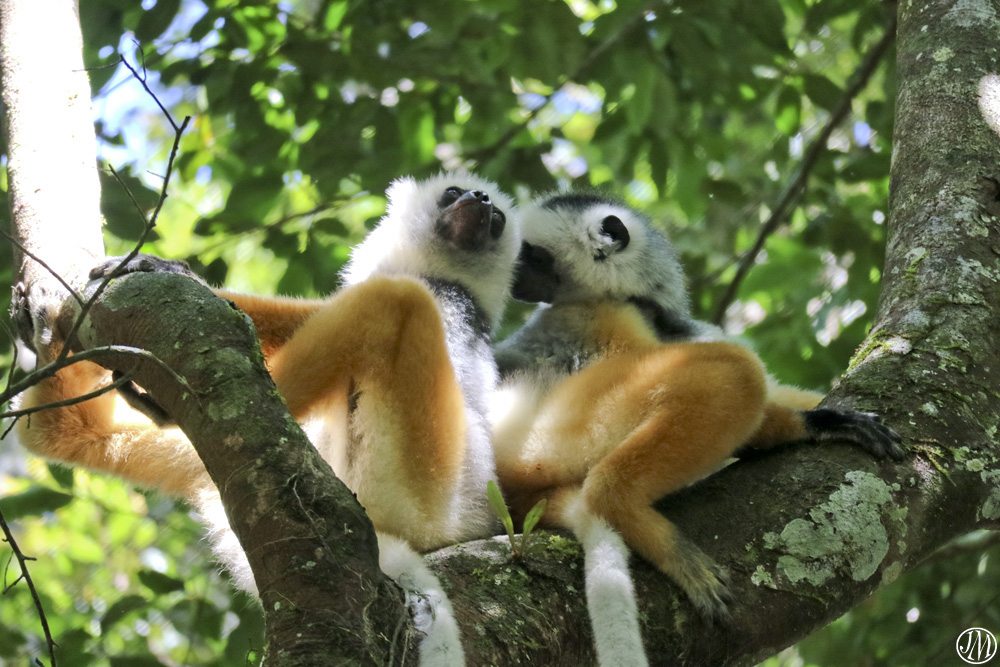
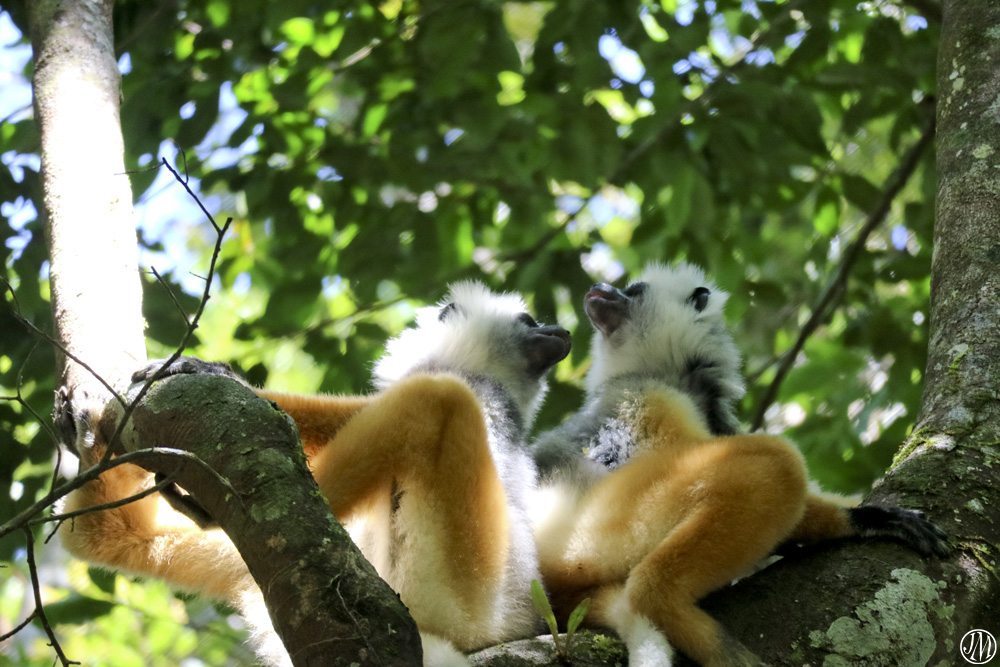
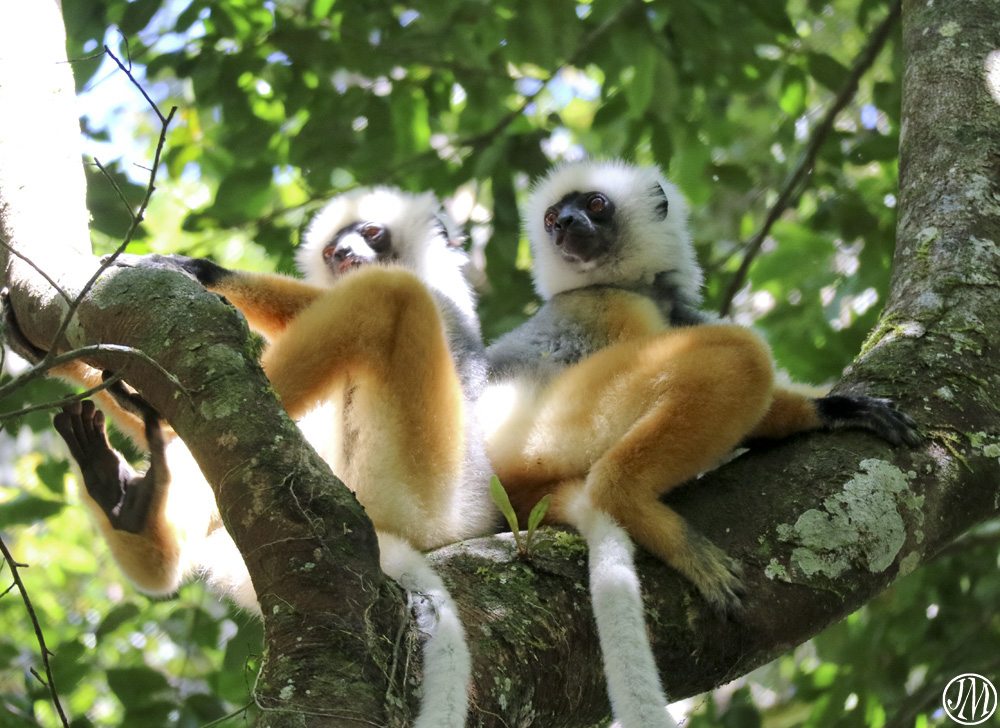
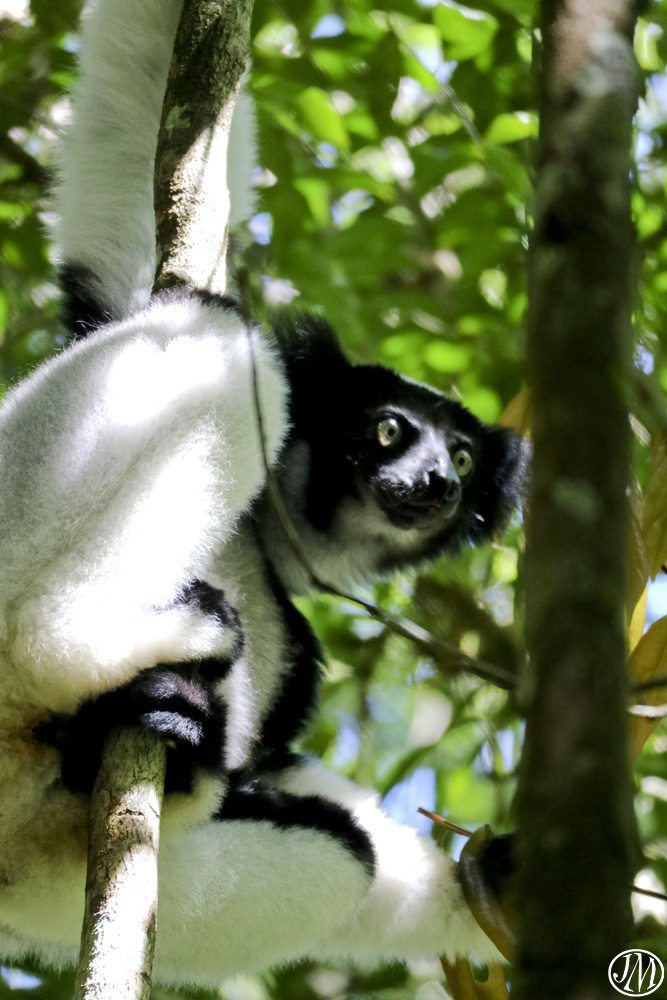
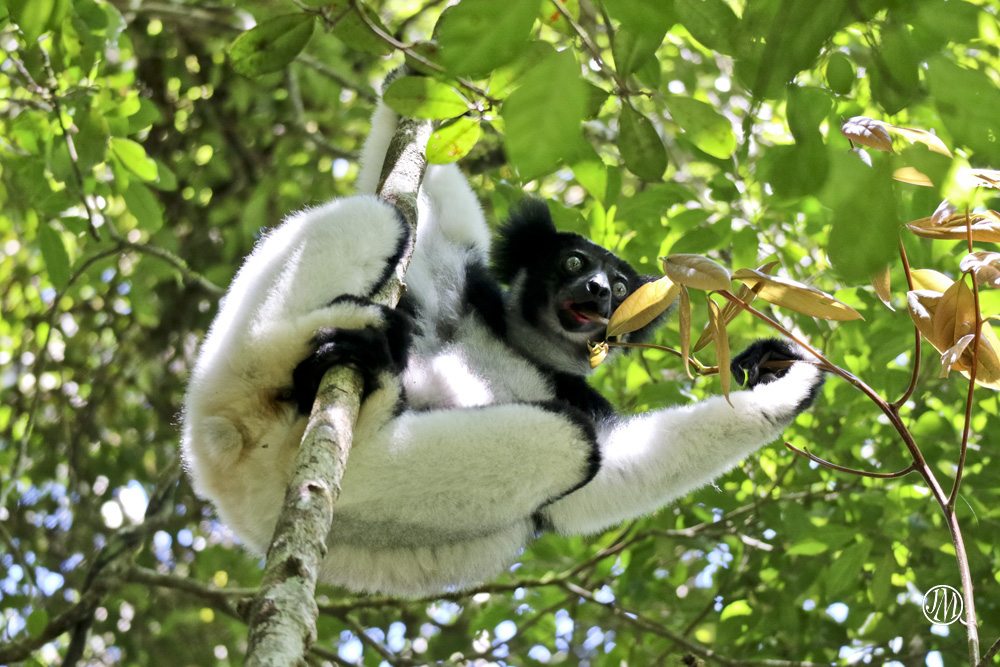
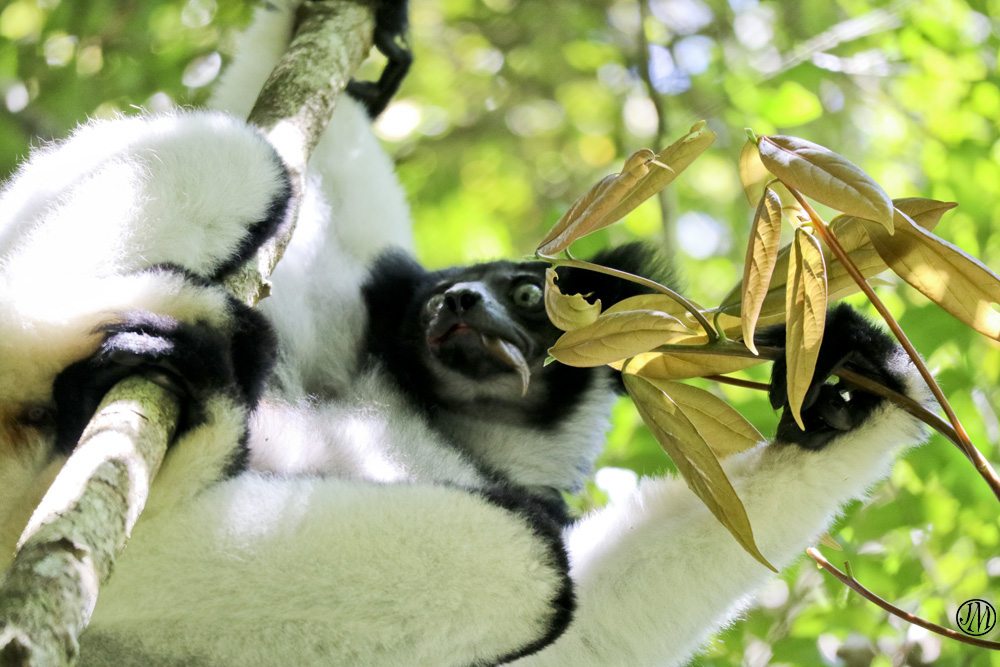
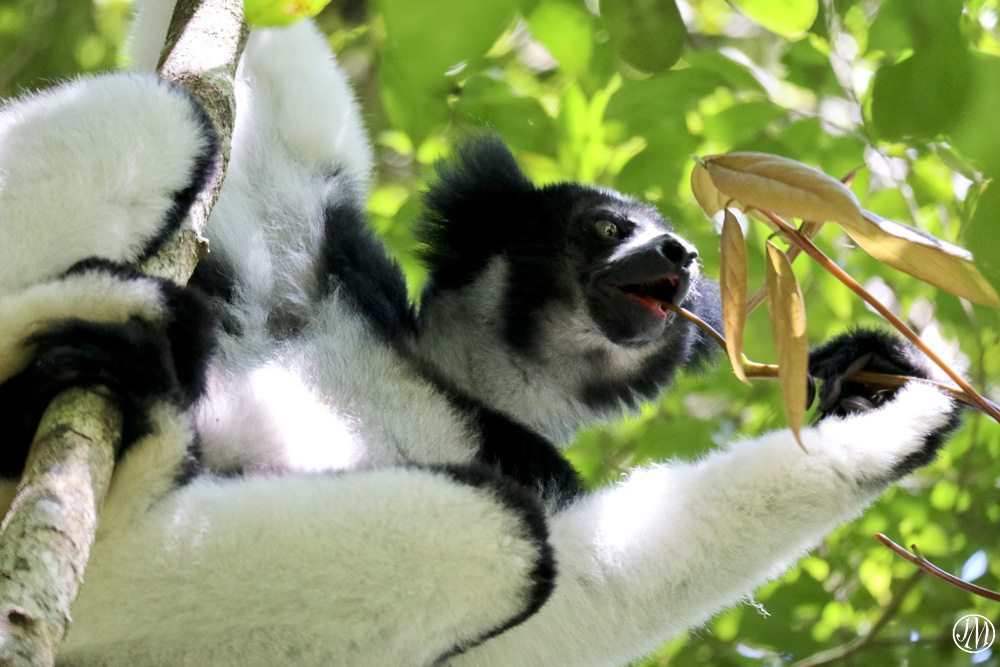
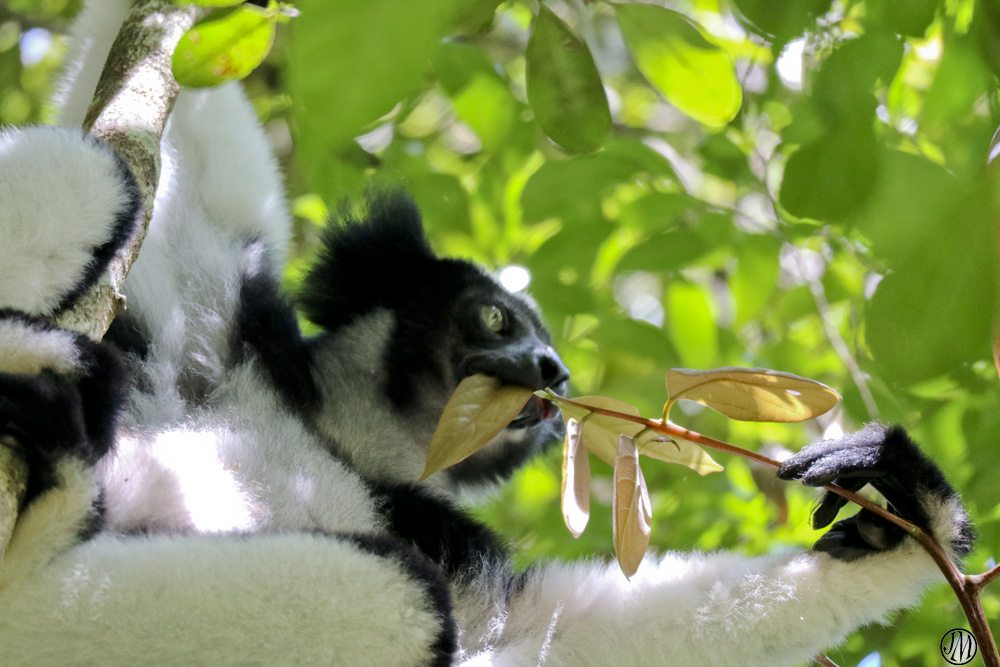
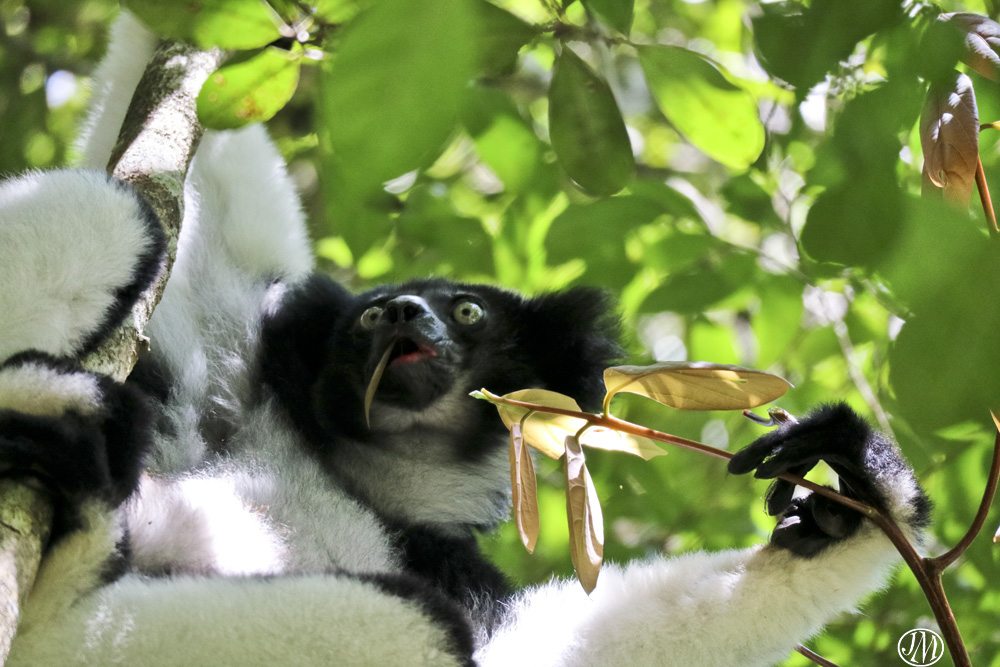
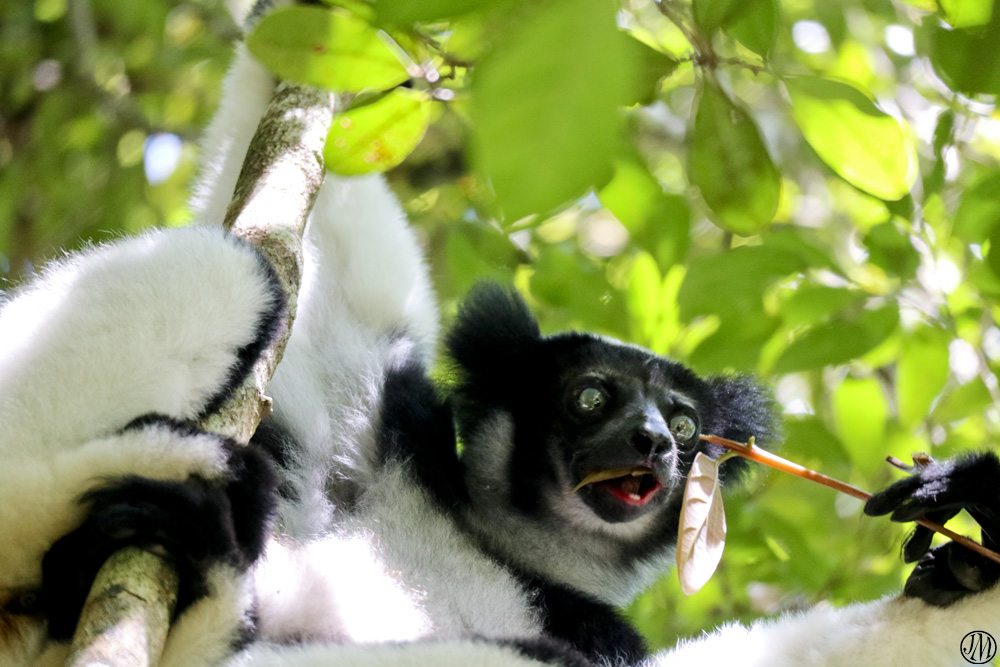
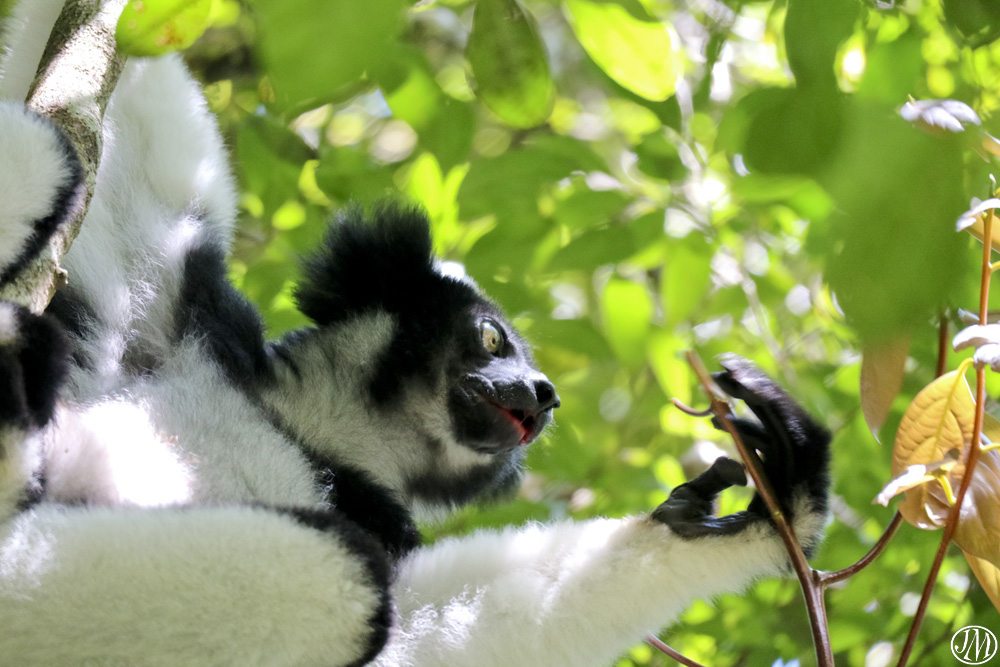
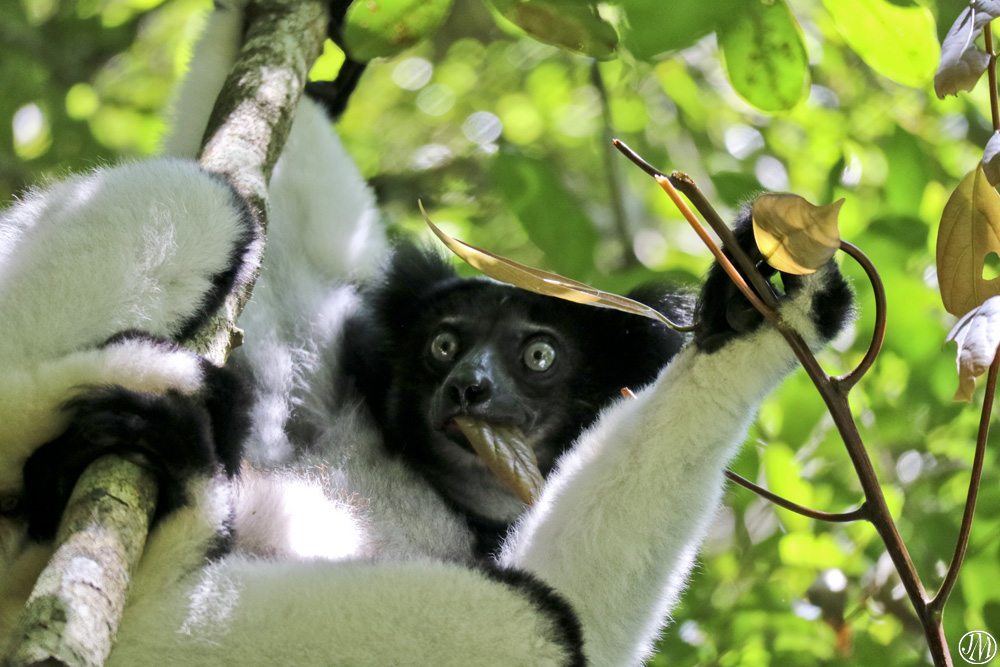
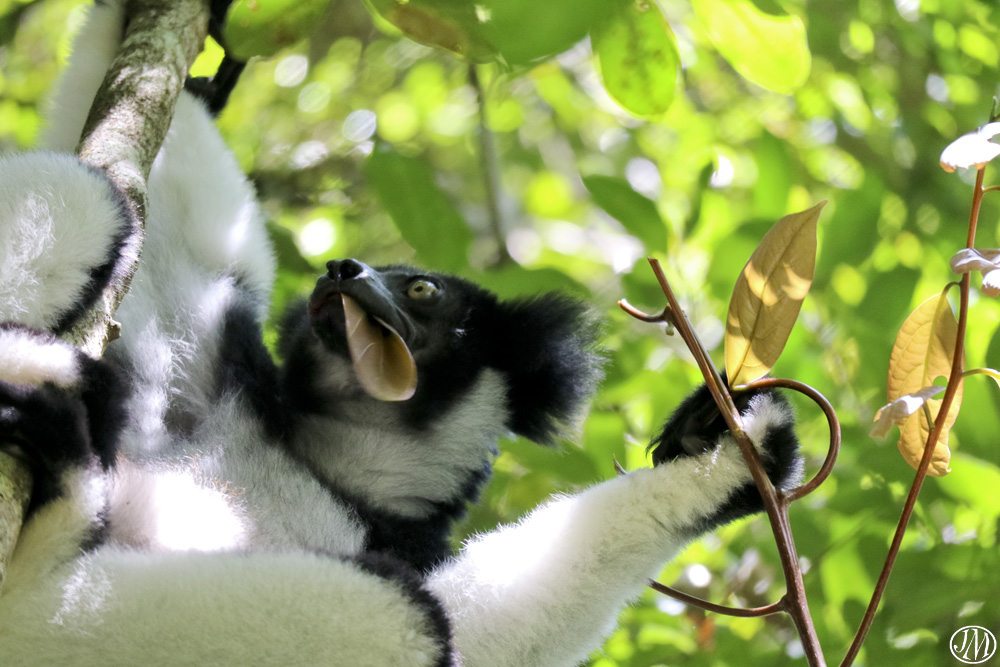
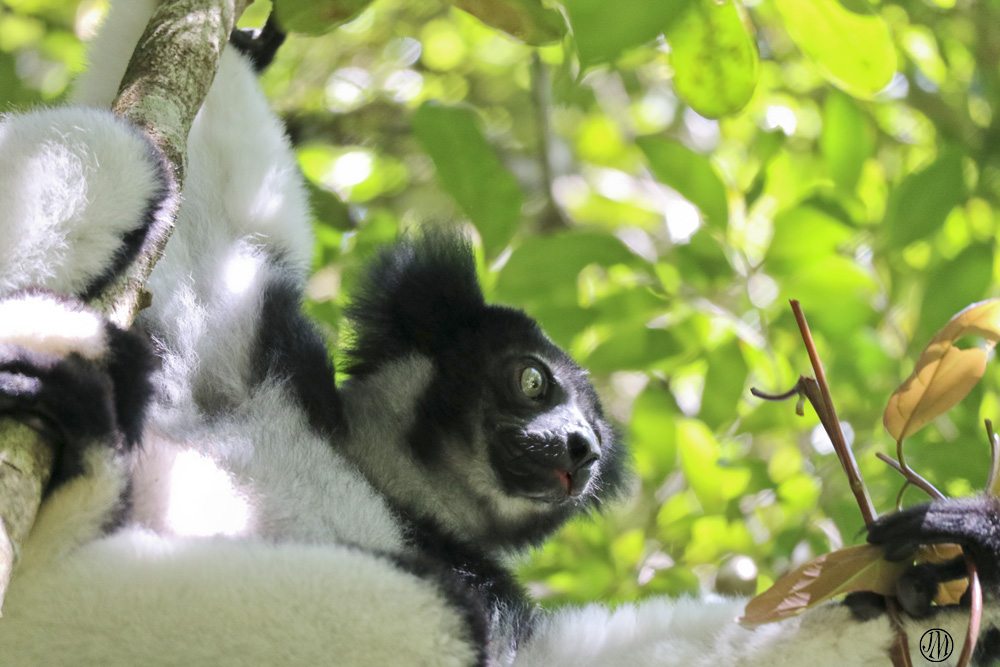
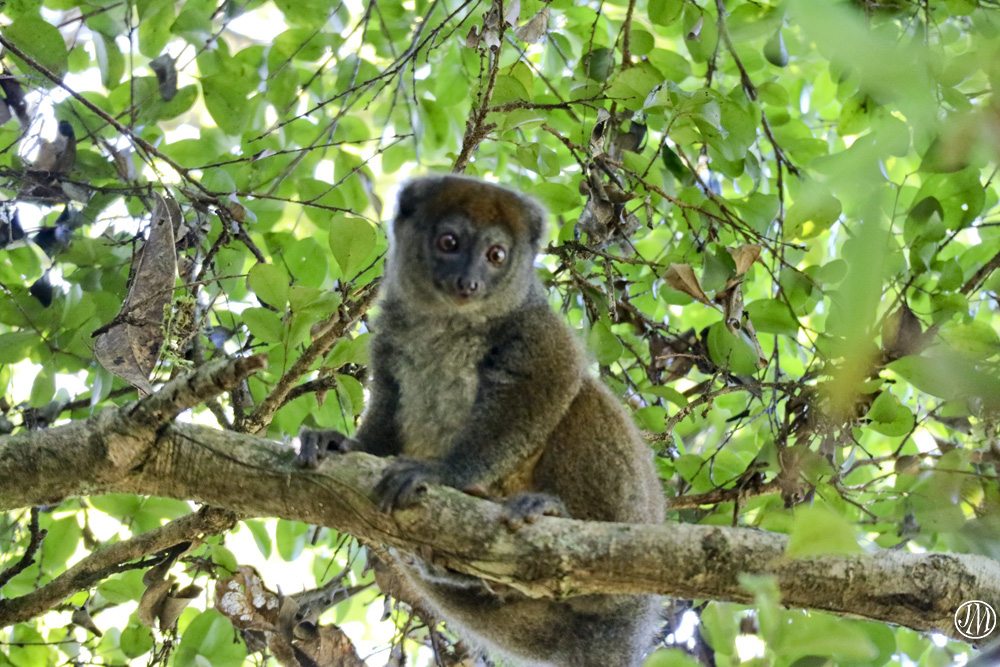
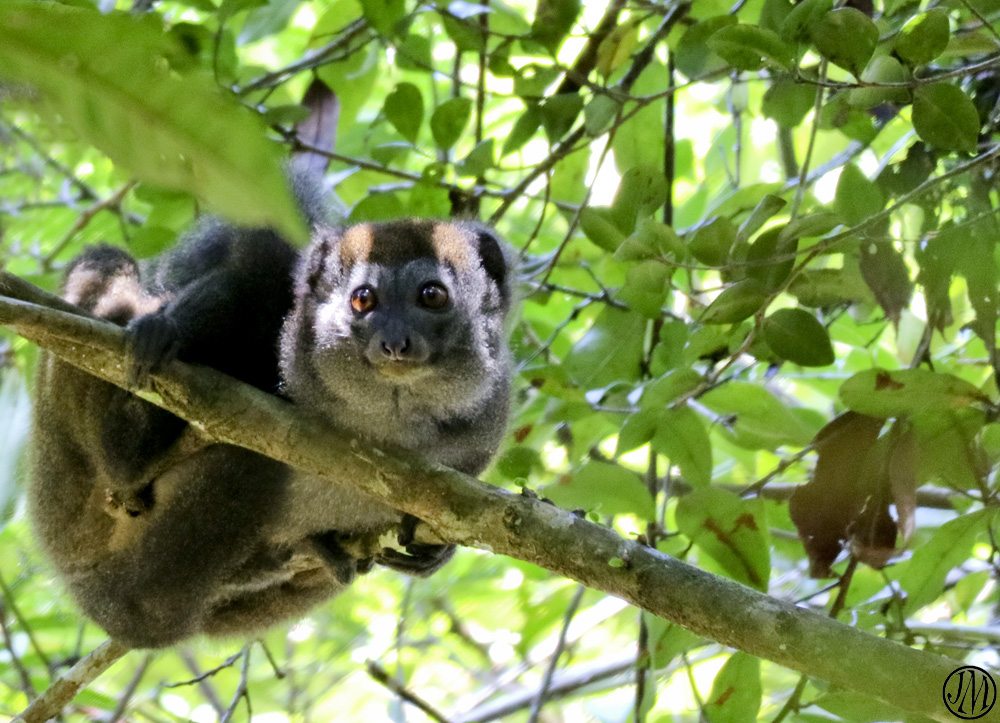
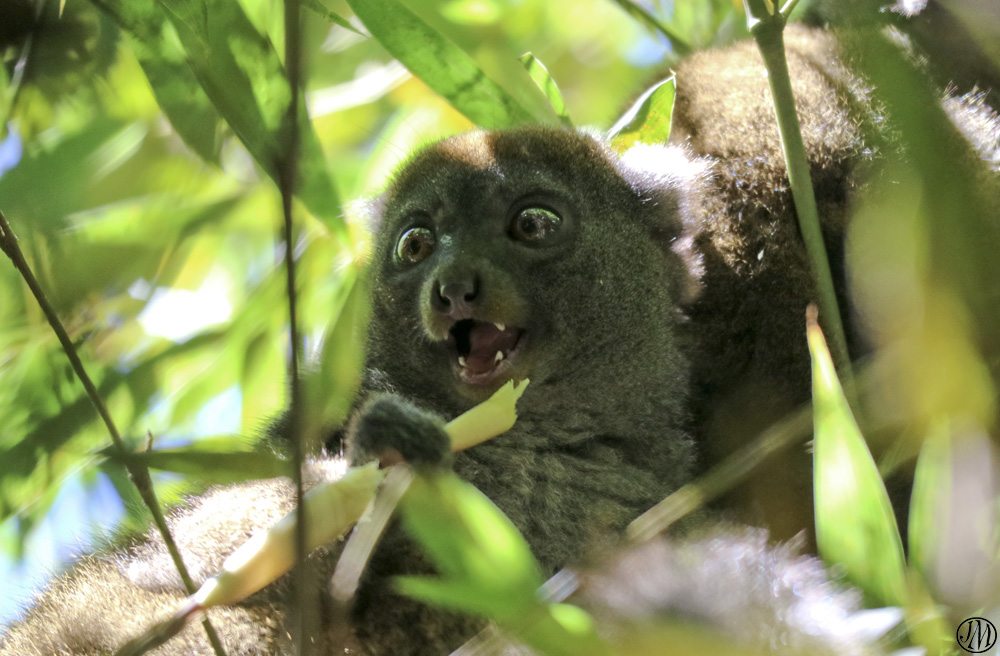
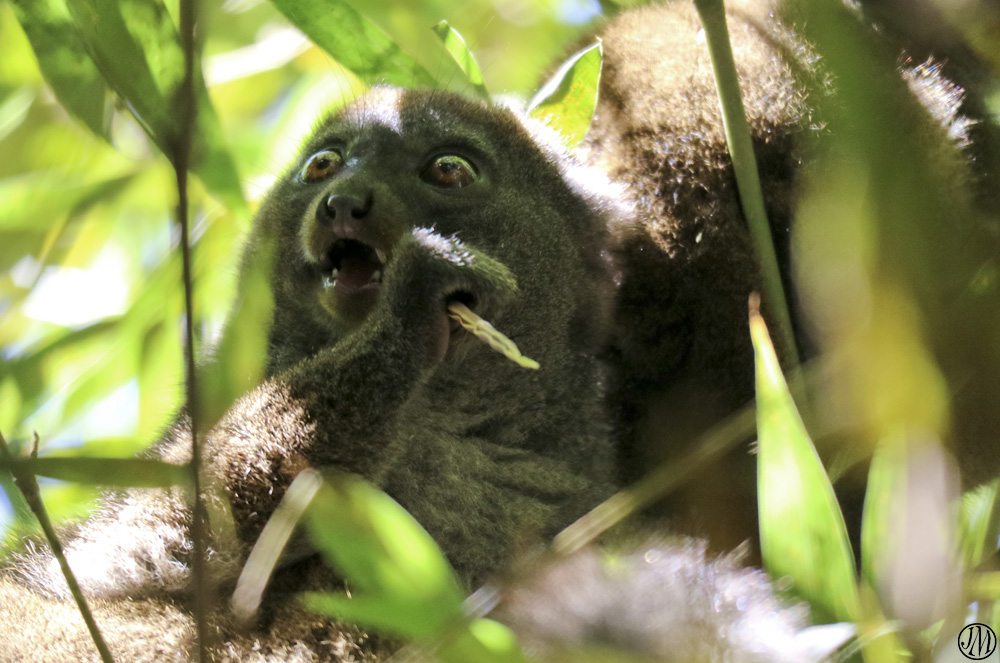
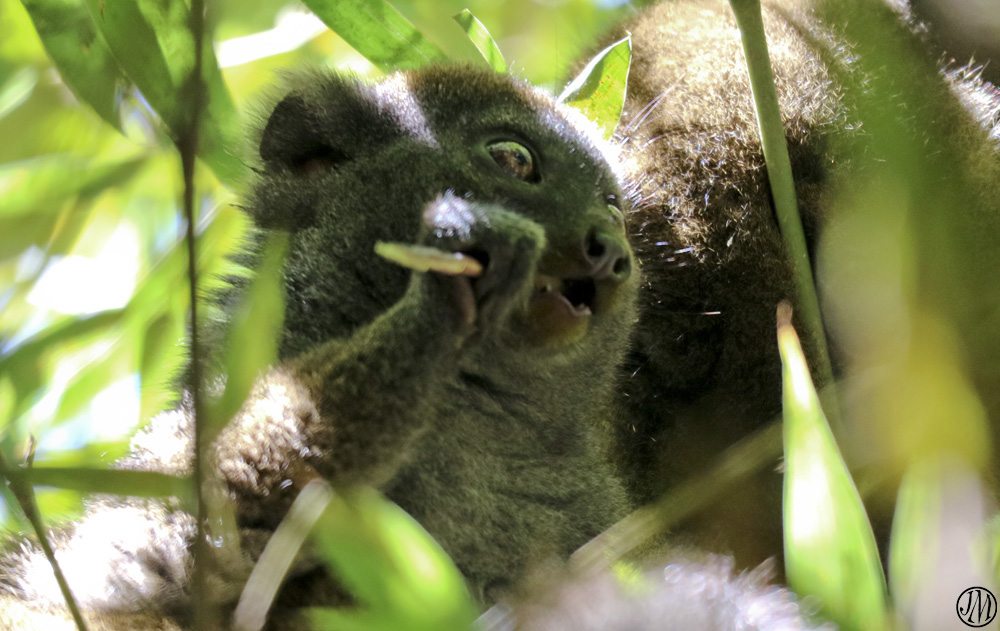
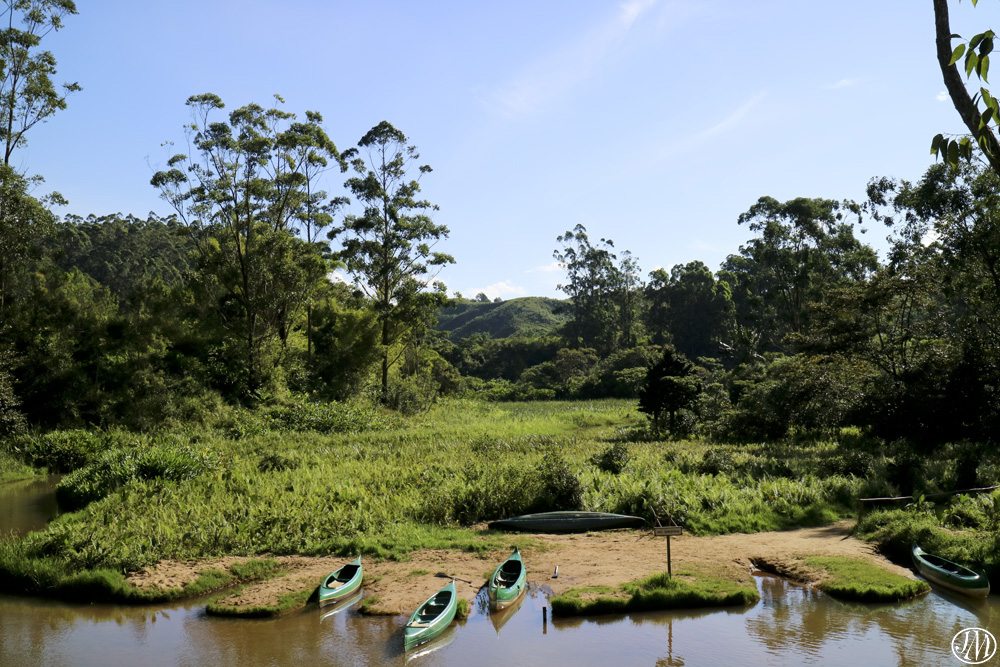
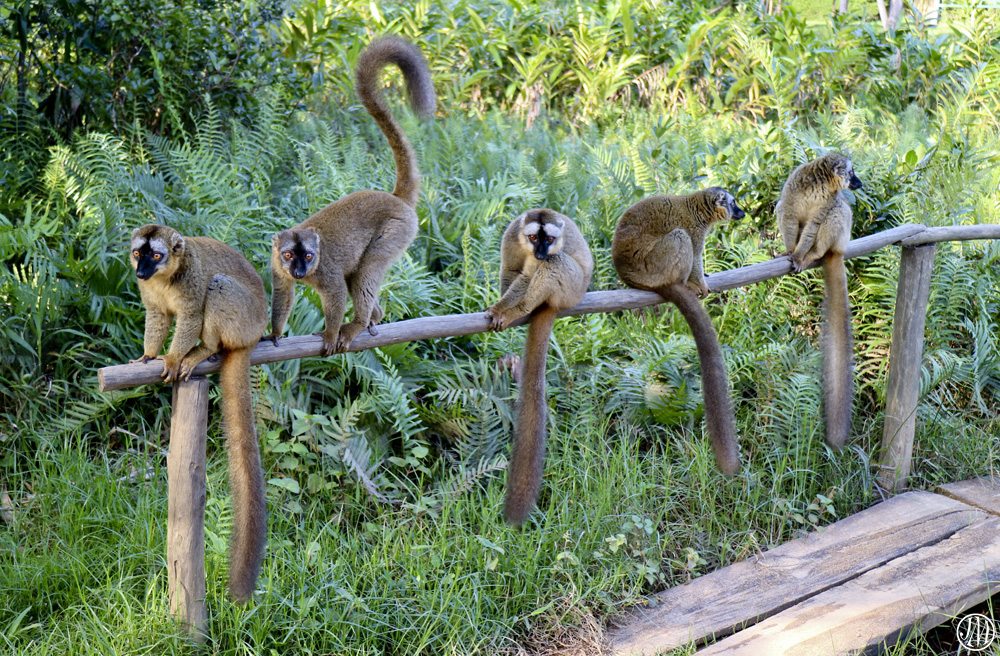
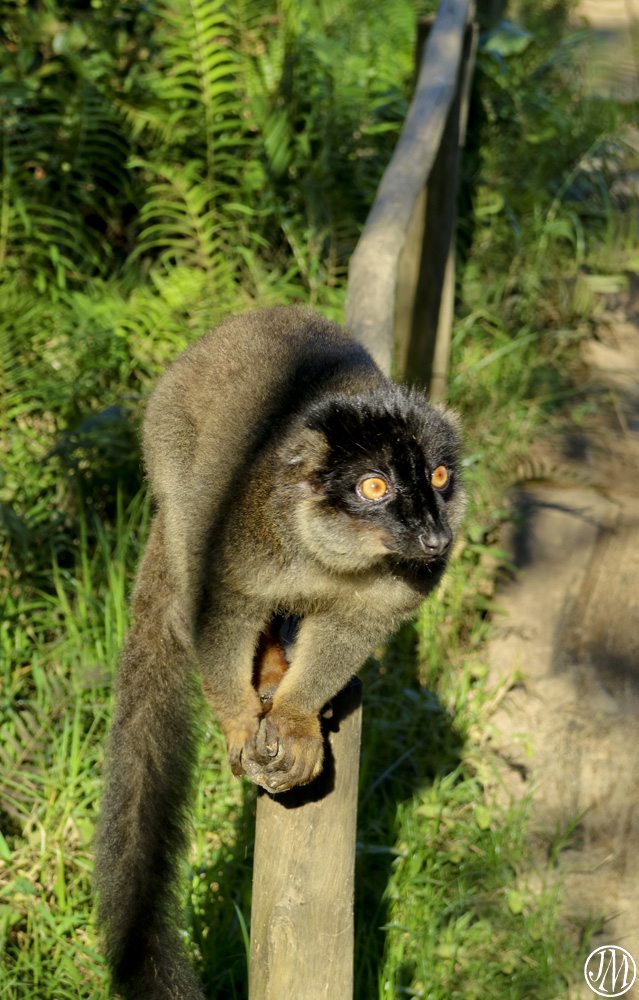
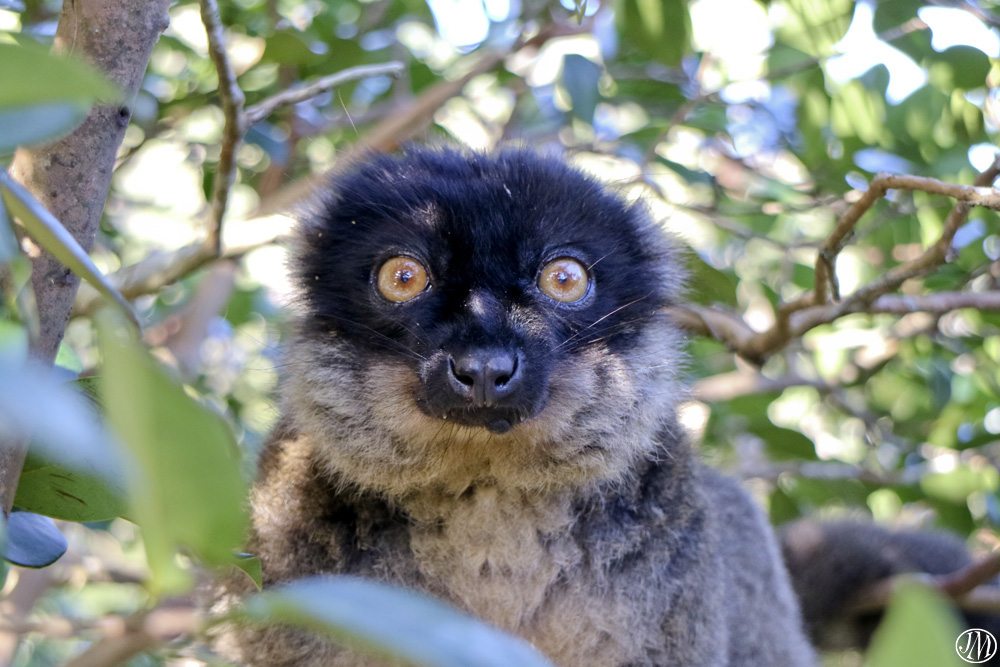
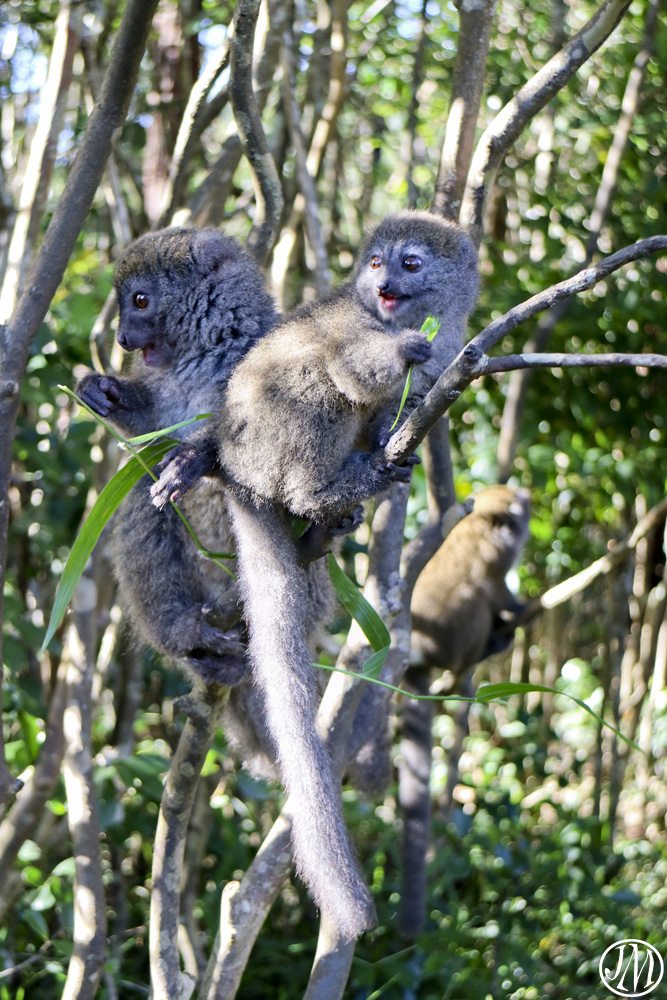
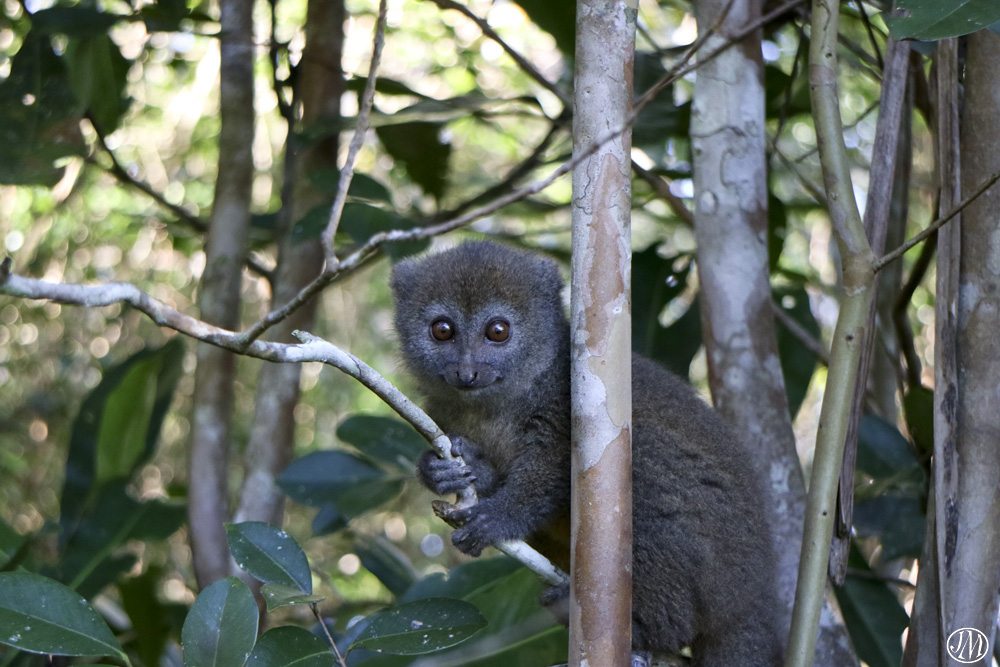
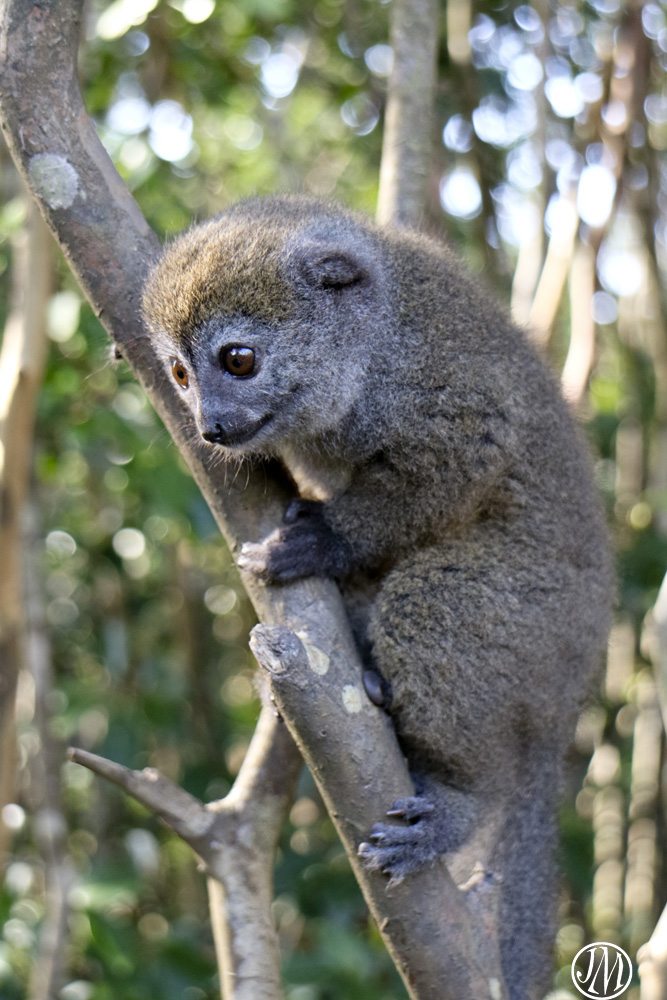
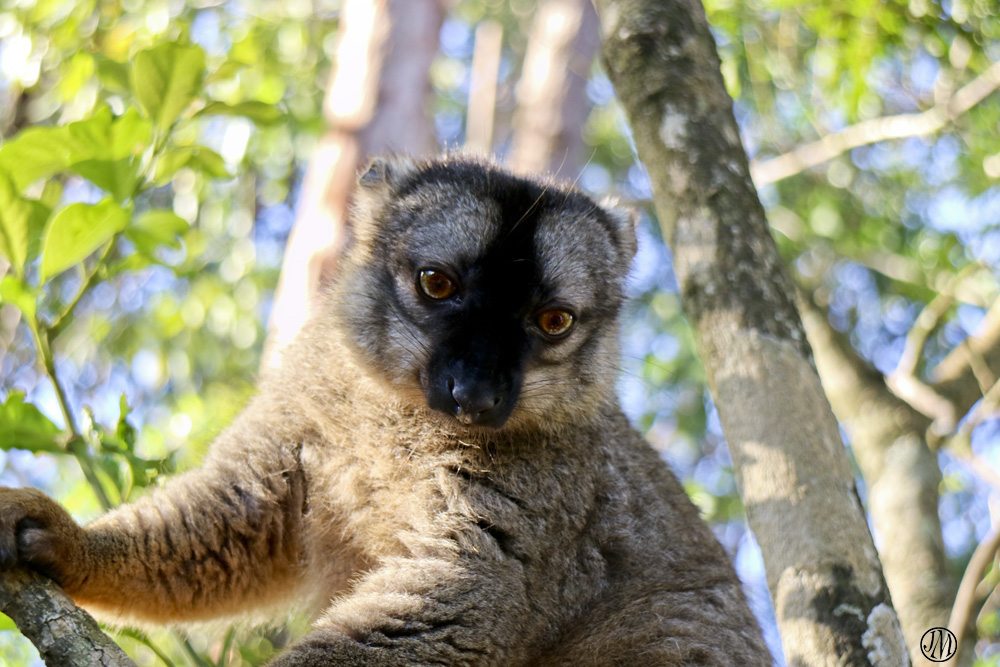
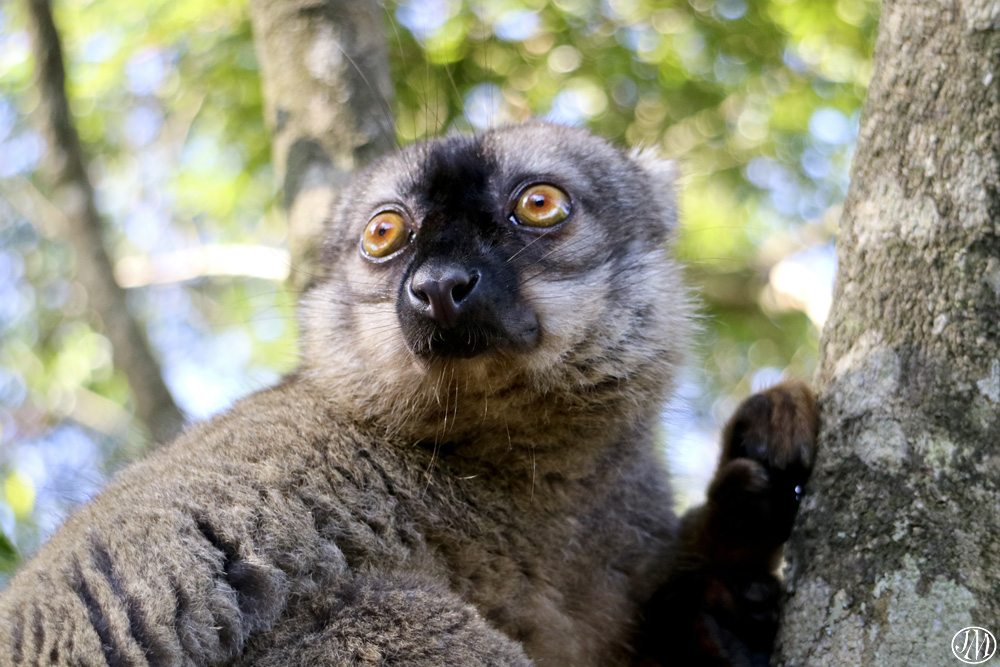
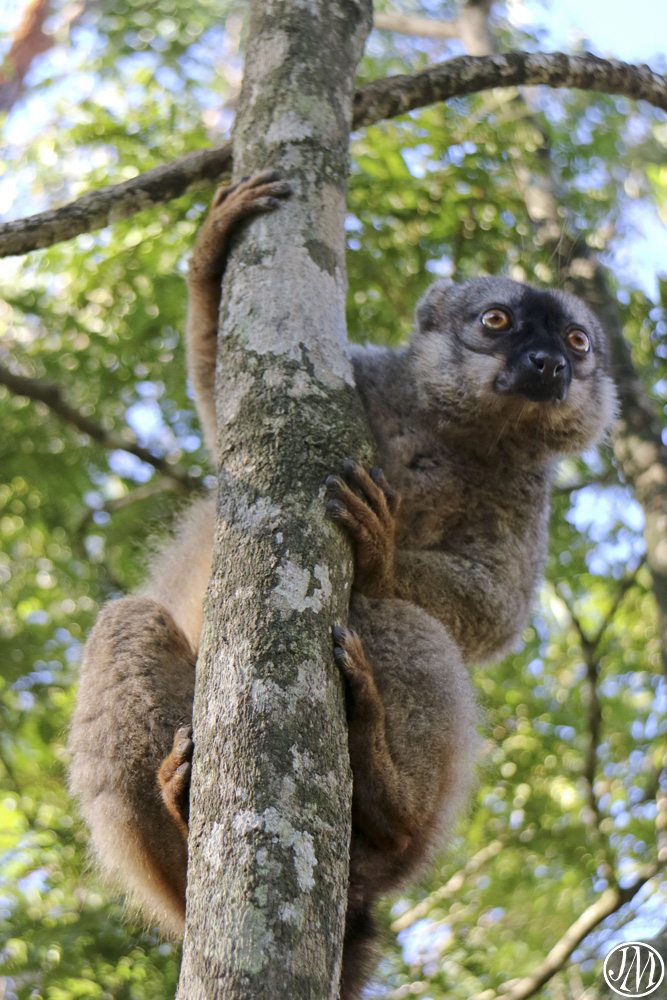
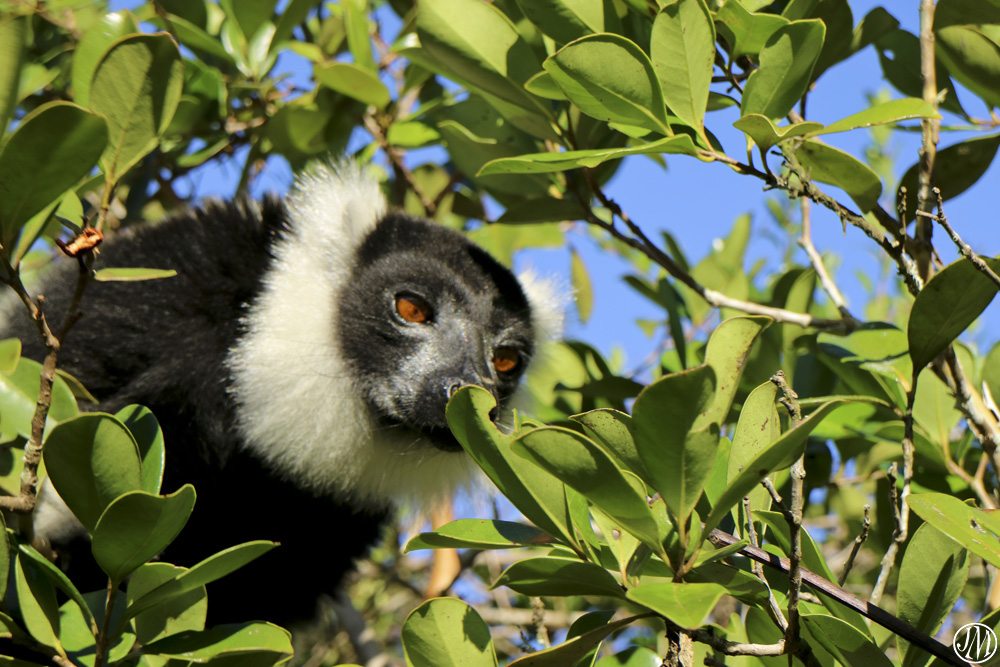
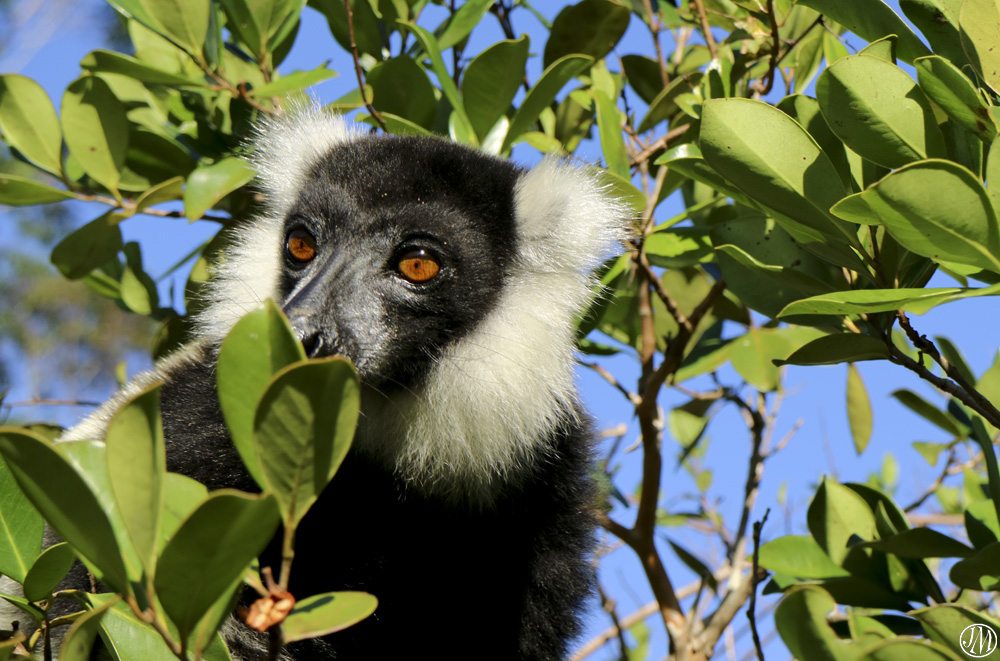
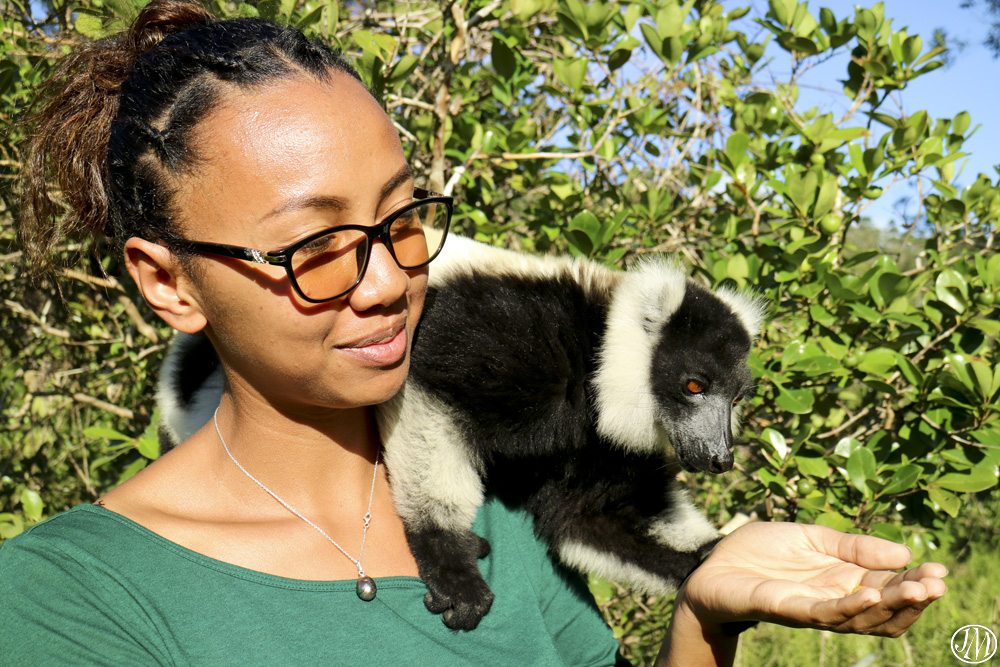
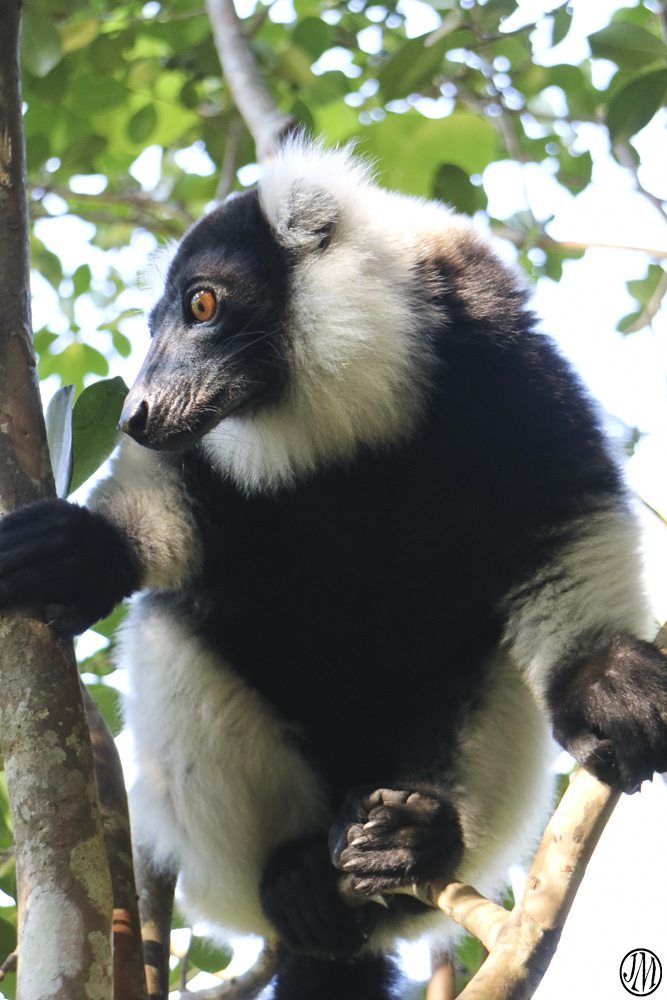
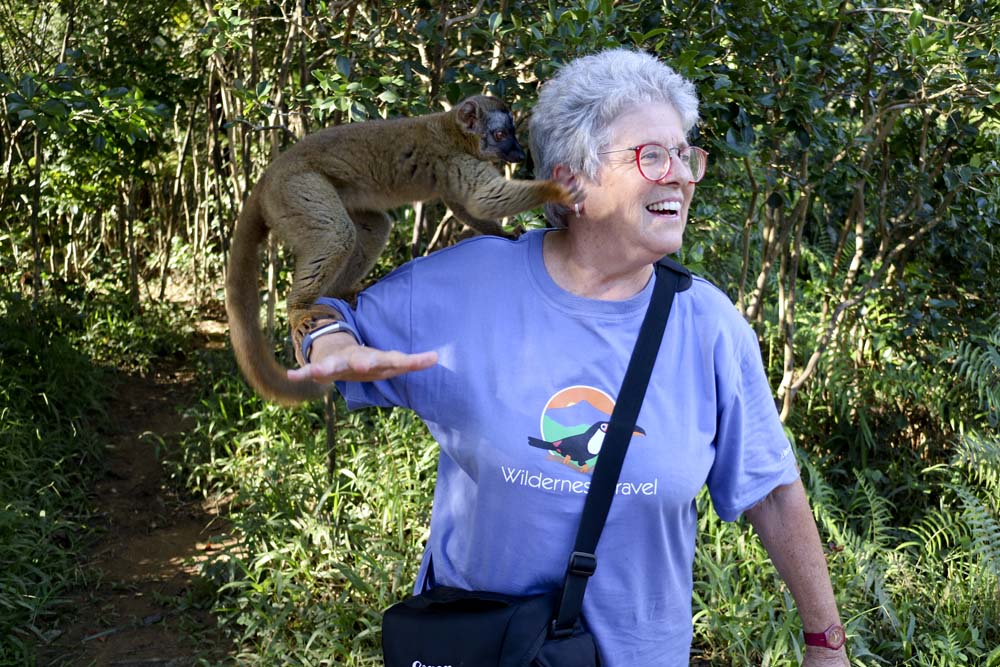
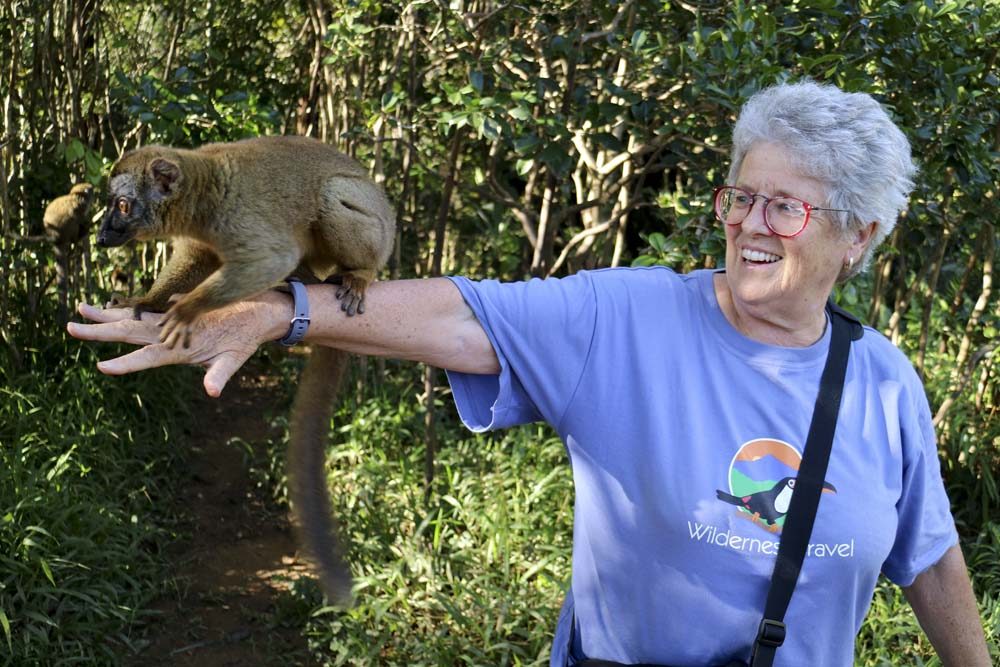
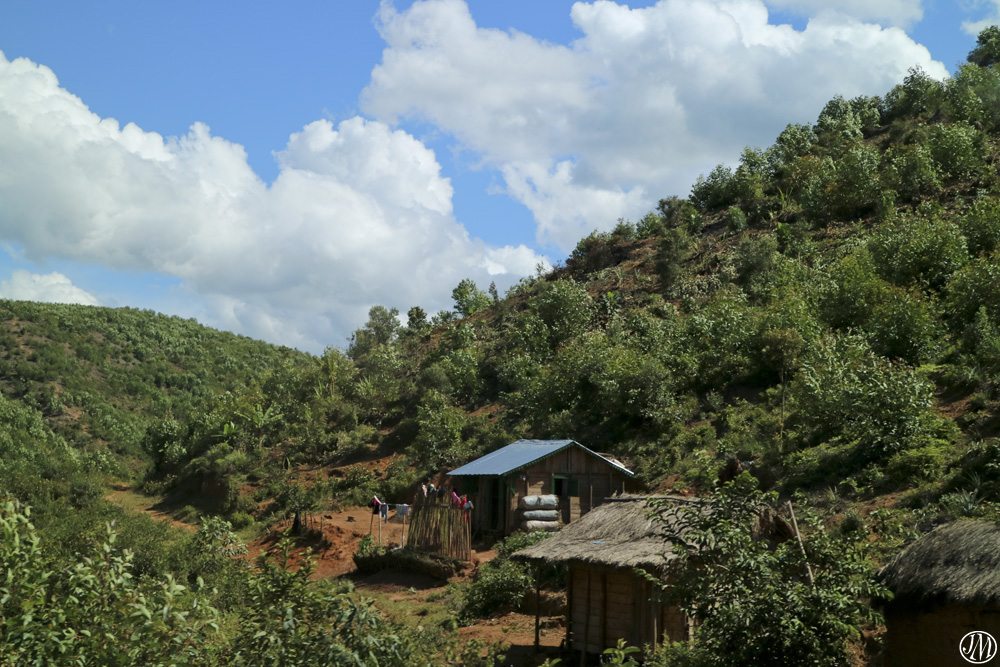
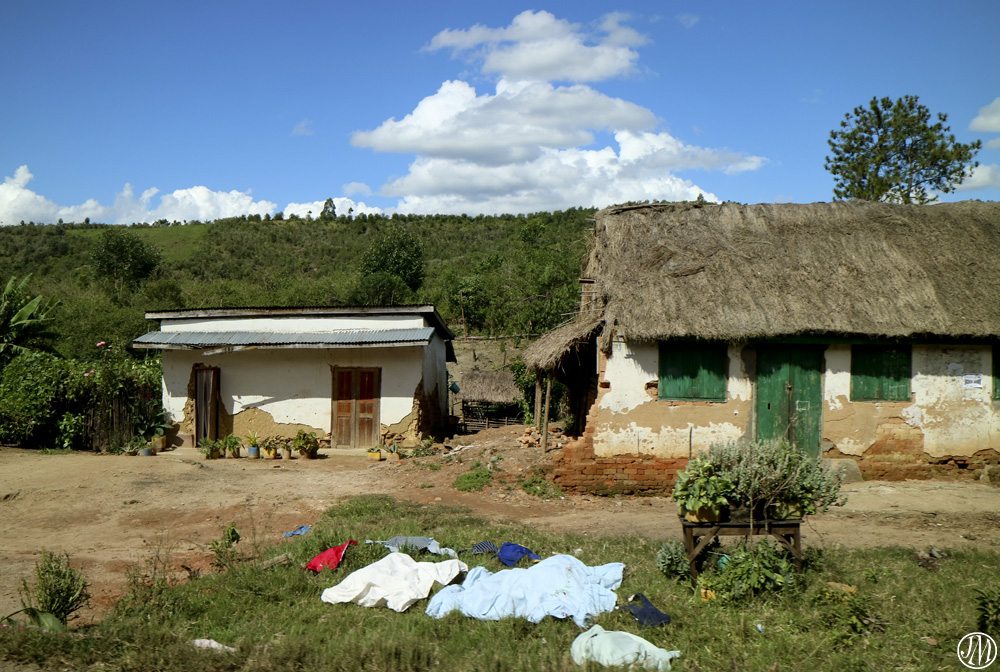
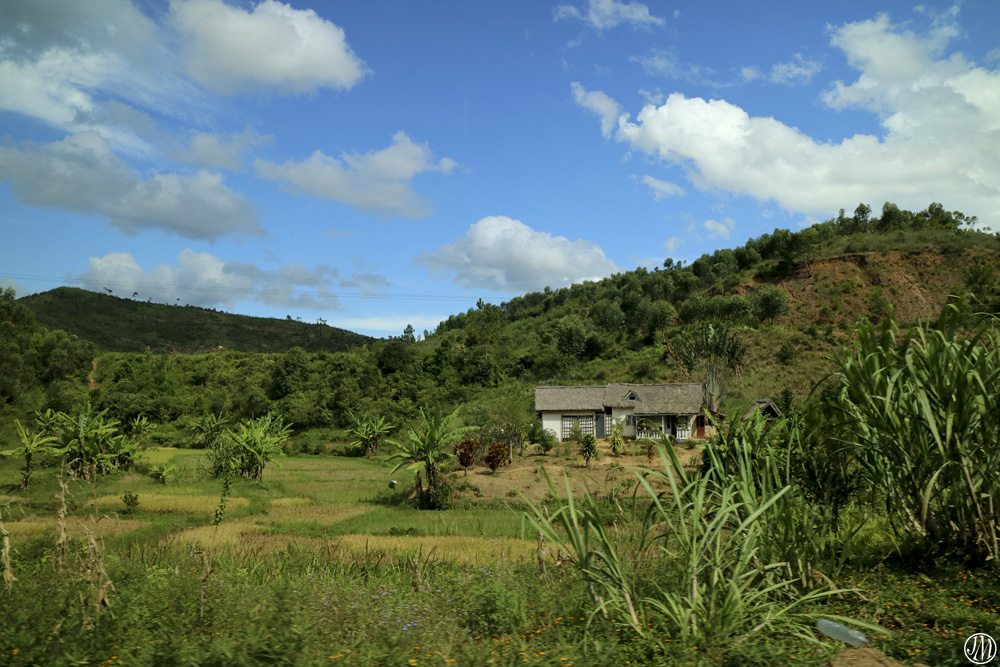
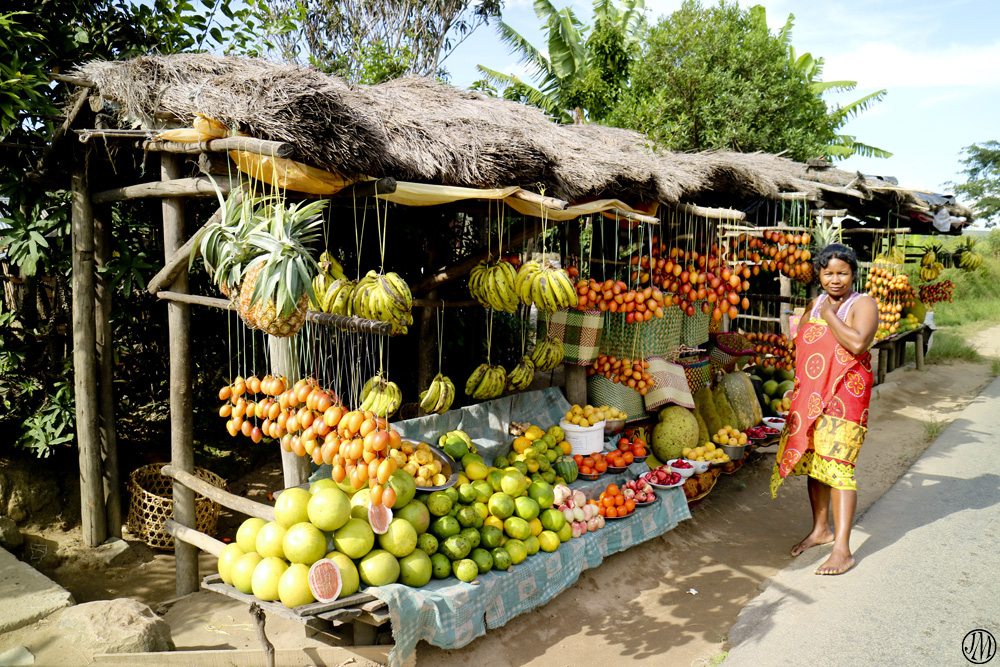
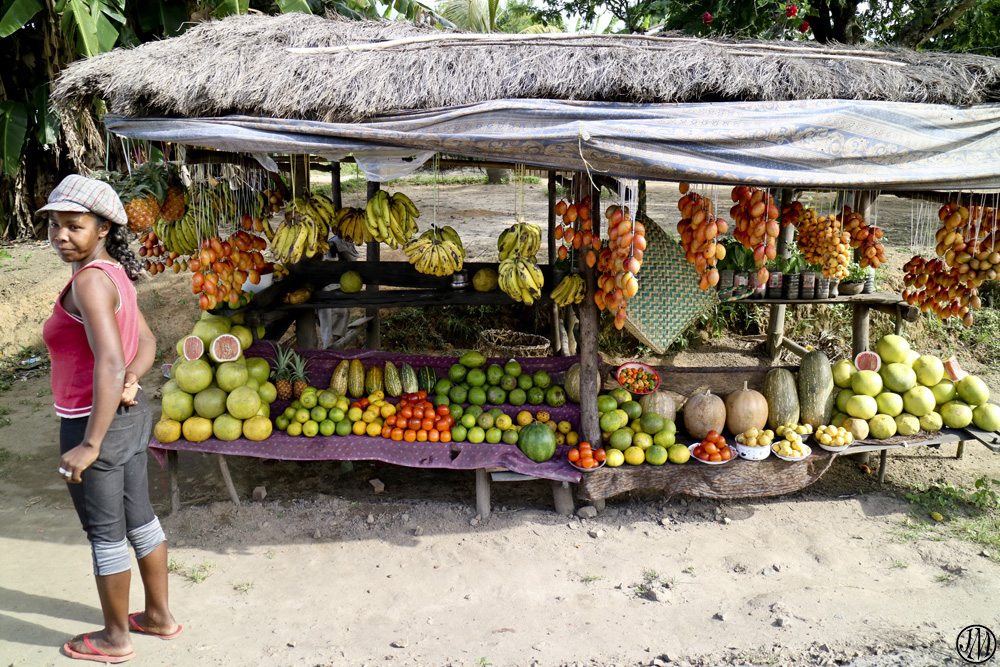
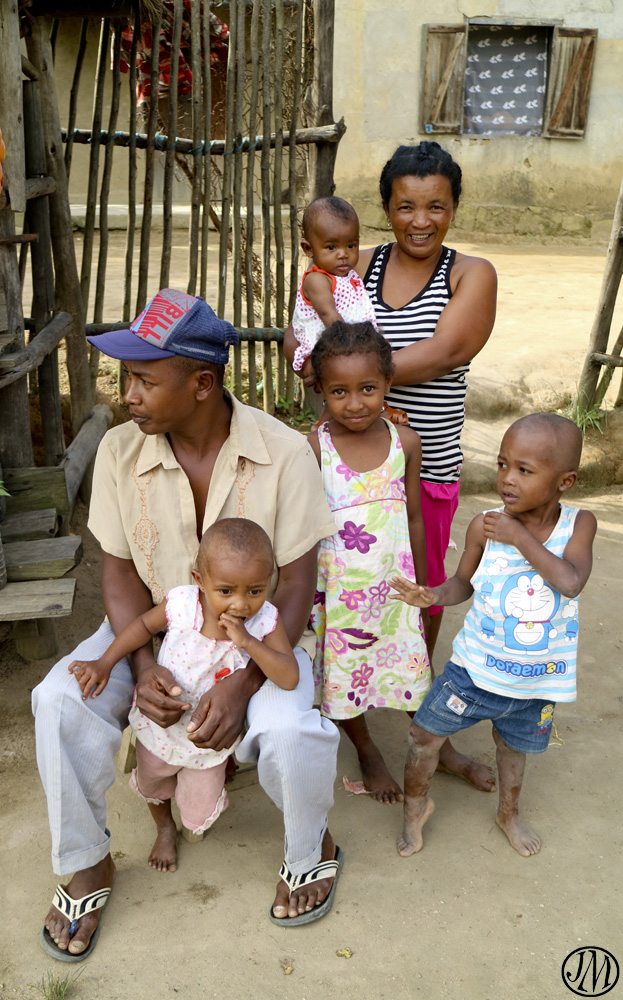
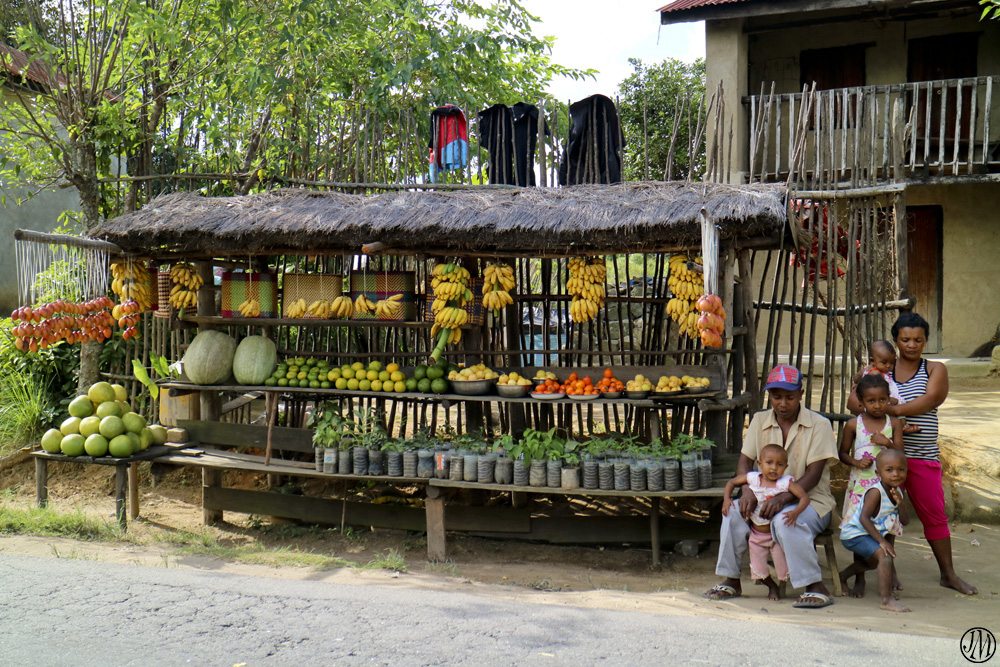
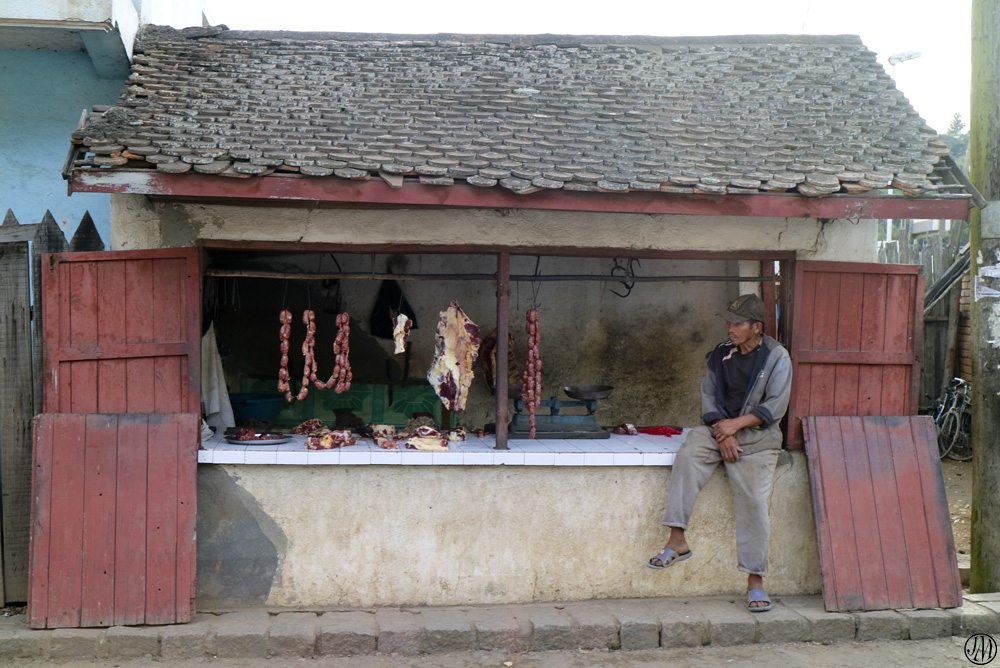
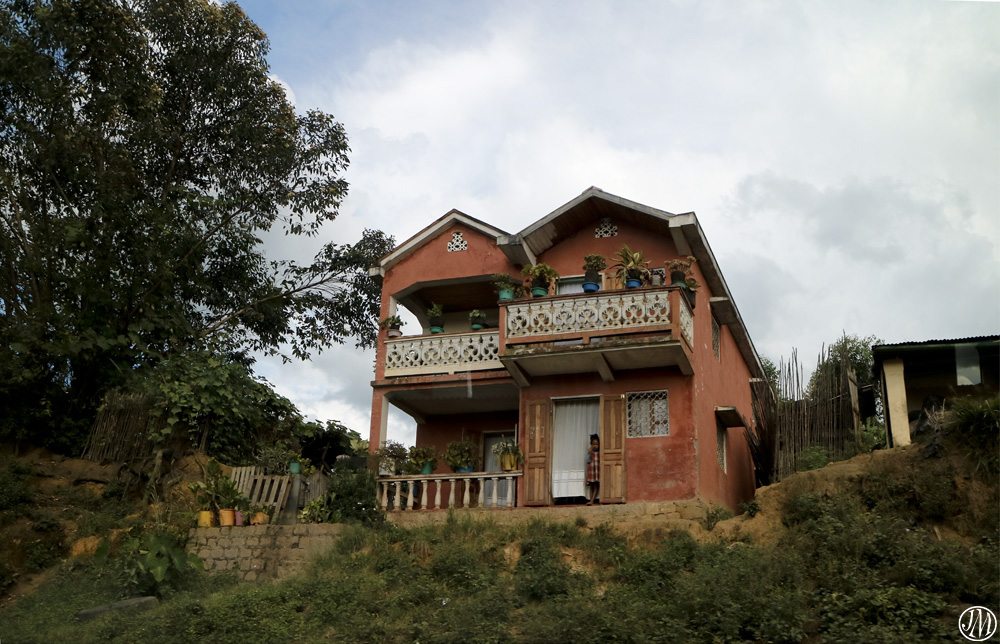
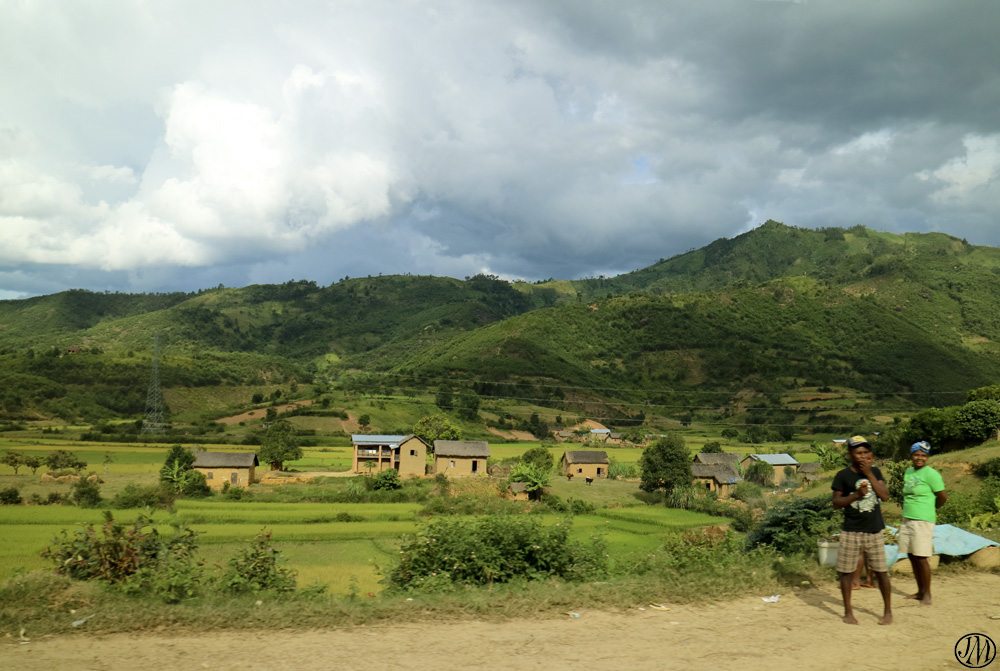
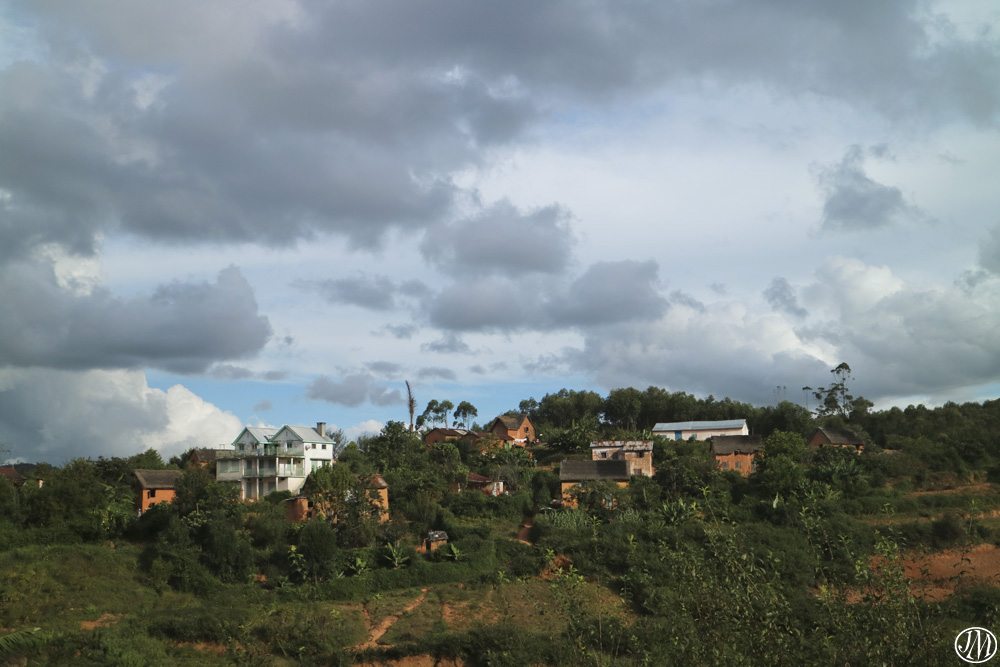
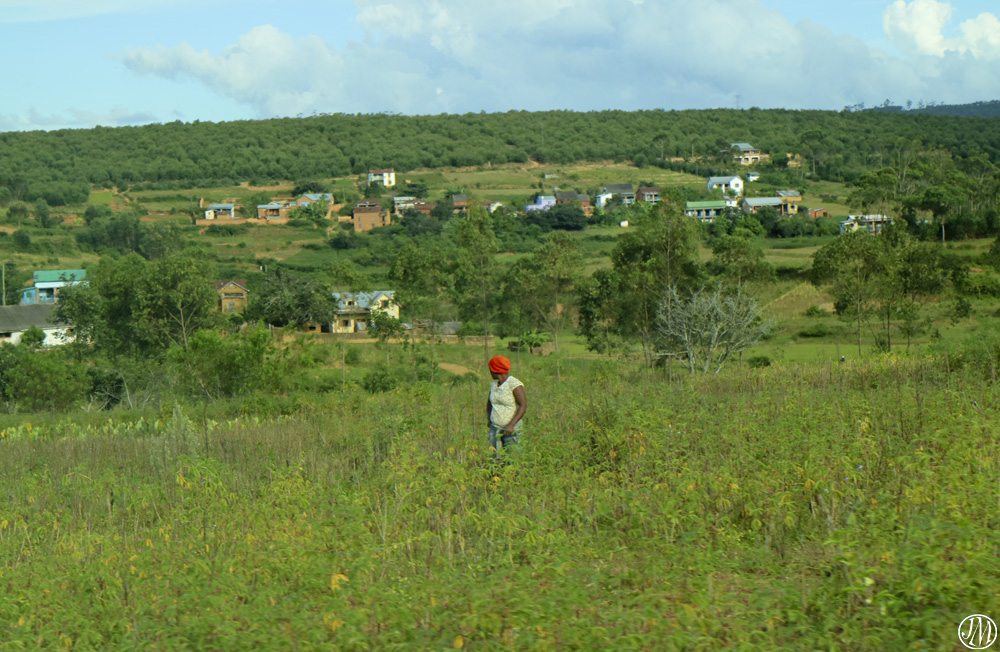
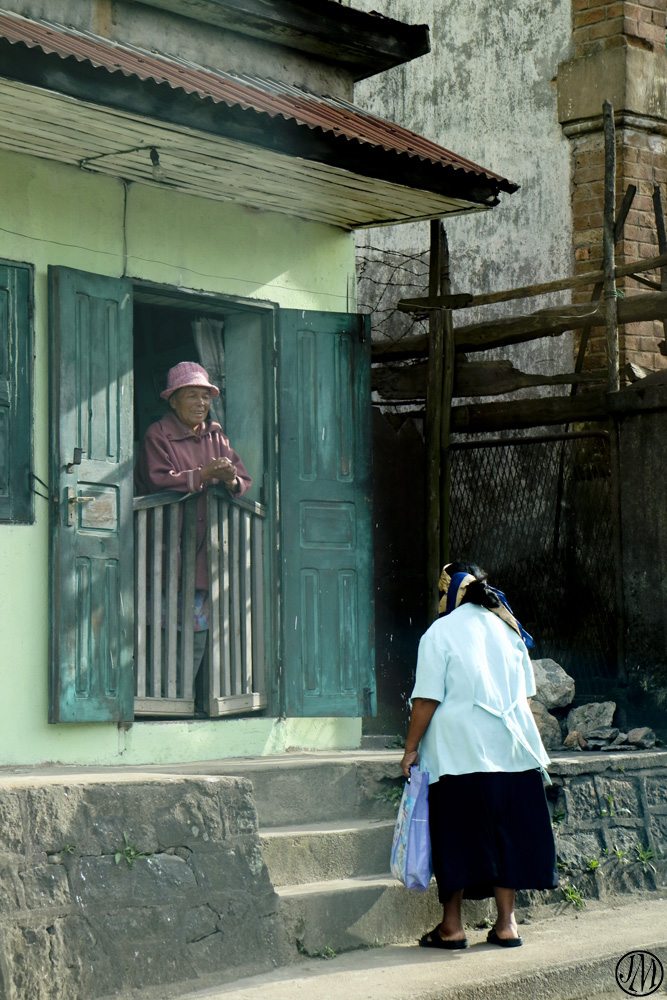
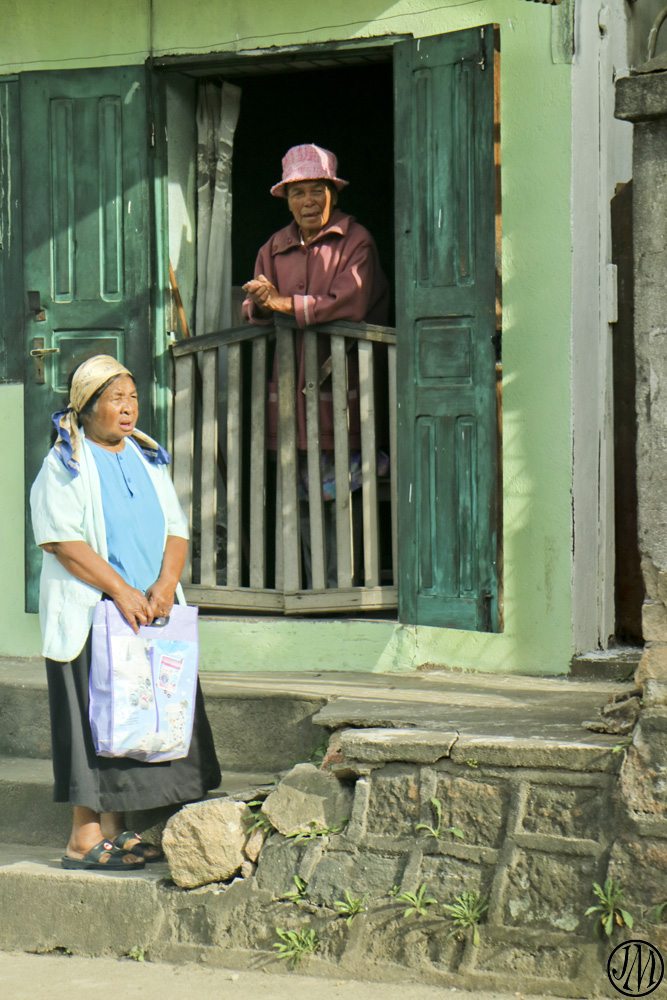

STUNNING photos!!! WOW! Loved all of the photos but have a few special favourites 🙂 The look of delight when the lemurs were on your arm was wonderful to see :)))) …… very special.
Hi, Joanna…..I’ve been back for 2 weeks and finally took the time to read your blog and marvel over the photos. I was especially interested in the green gecko with the red tattoo on it’s back……they have somehow come to the Big Island in Hawaii and only that island…..my son told me that he heard they’d come from Madagascar, so I guess he heard right. A couple of interesting things….the normal geckos are all gone……and these new ones will sit near your feet and ankles to catch the mossies as they land! I never found the frog in the leaves but had fun looking, I loved the tiny red frog and the pygmy kingfisher…..I thoroughly enjoyed your stories and your photos….I can’t wait til you go on another adventure! Right now, I’m spending much of my time sharing the volcano photos….luckily they are 25-30 miles from my son’s place….so that’s a good thing. Thank you so much for sharing your fantastic trip to Madagascar…I felt like I was right next to you! Cheers, Joyce